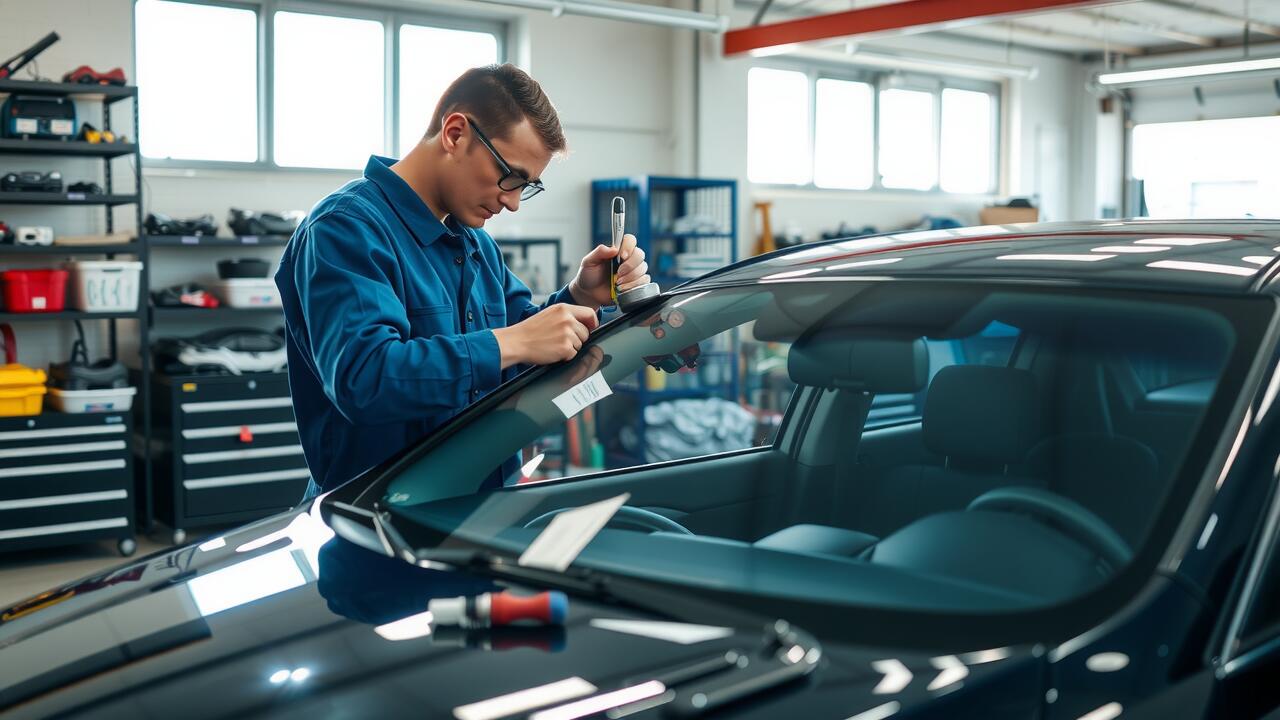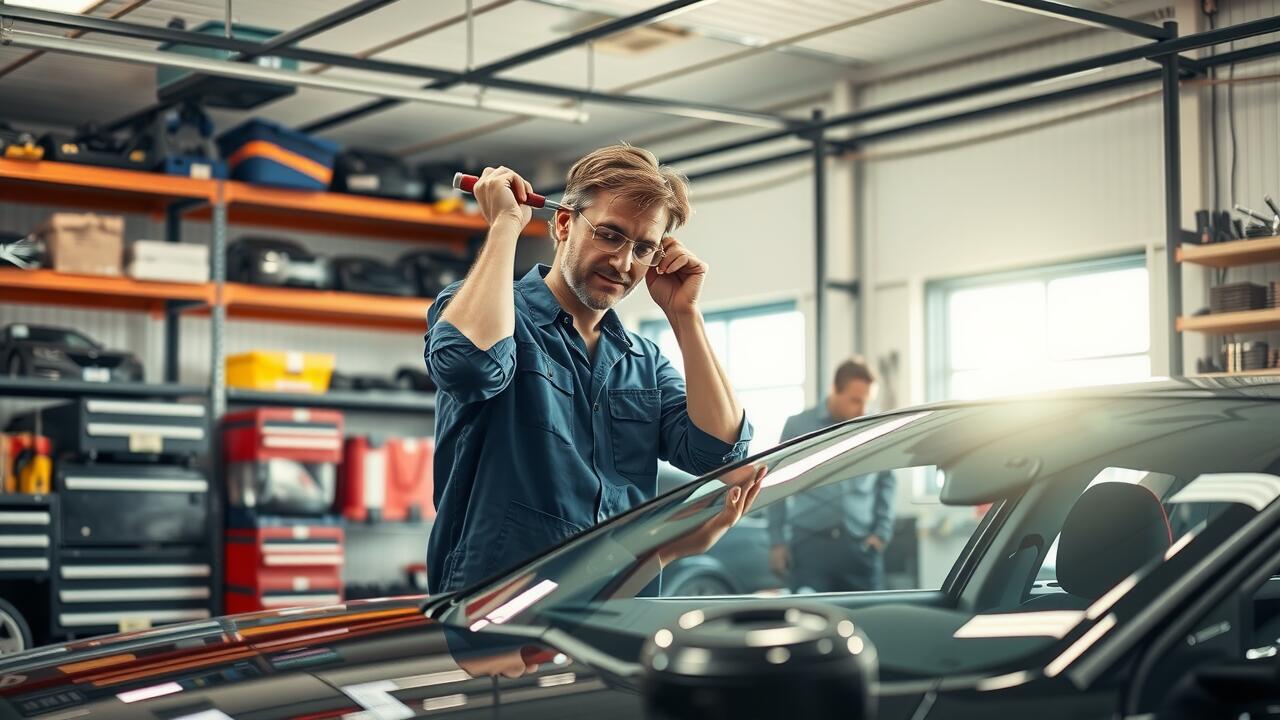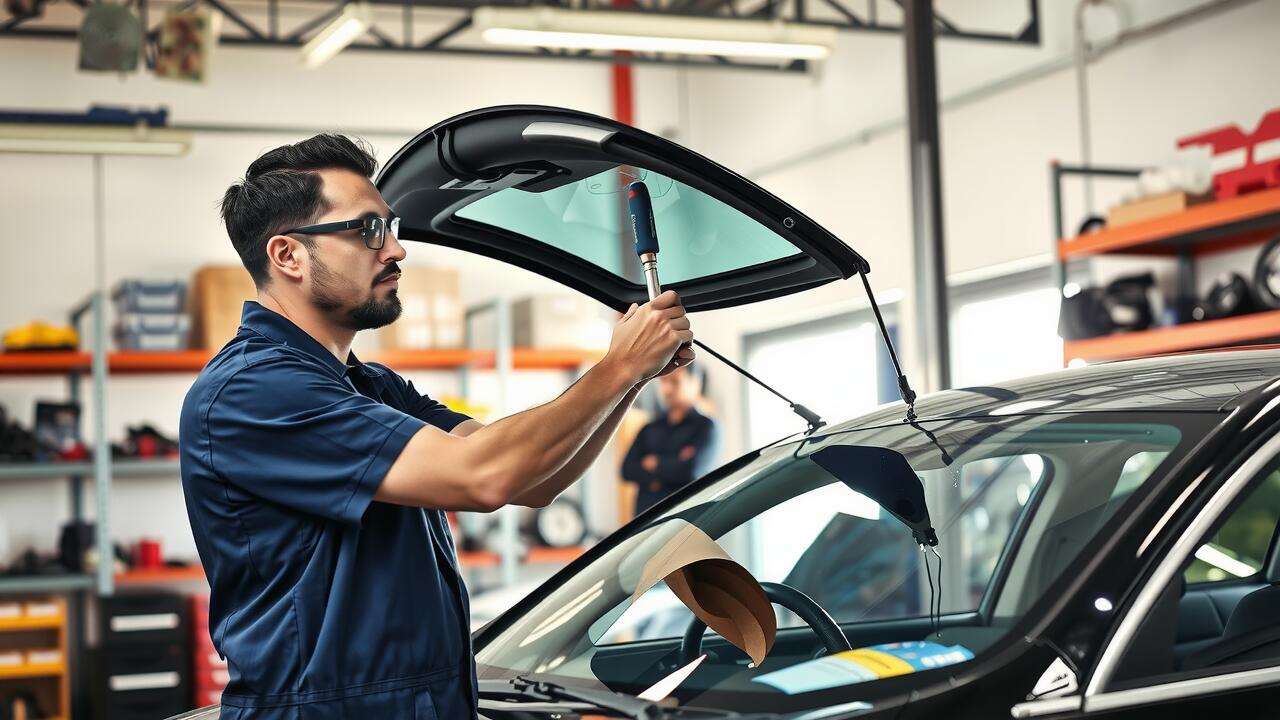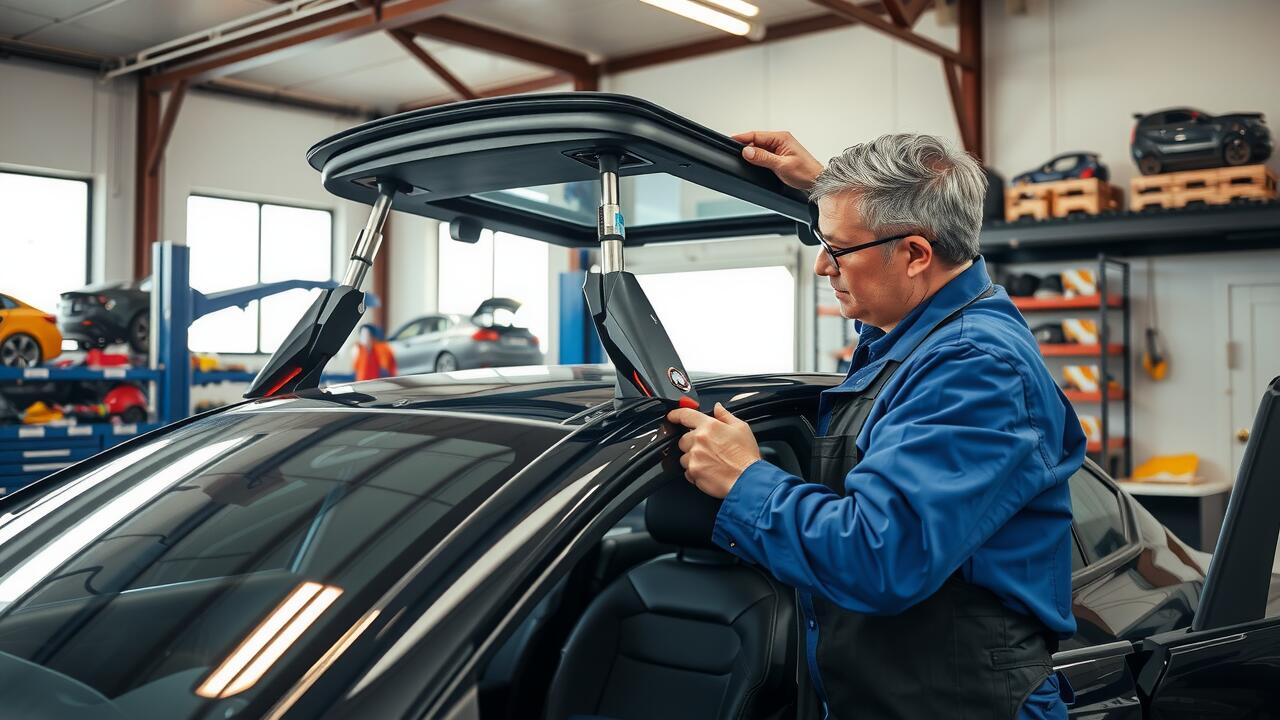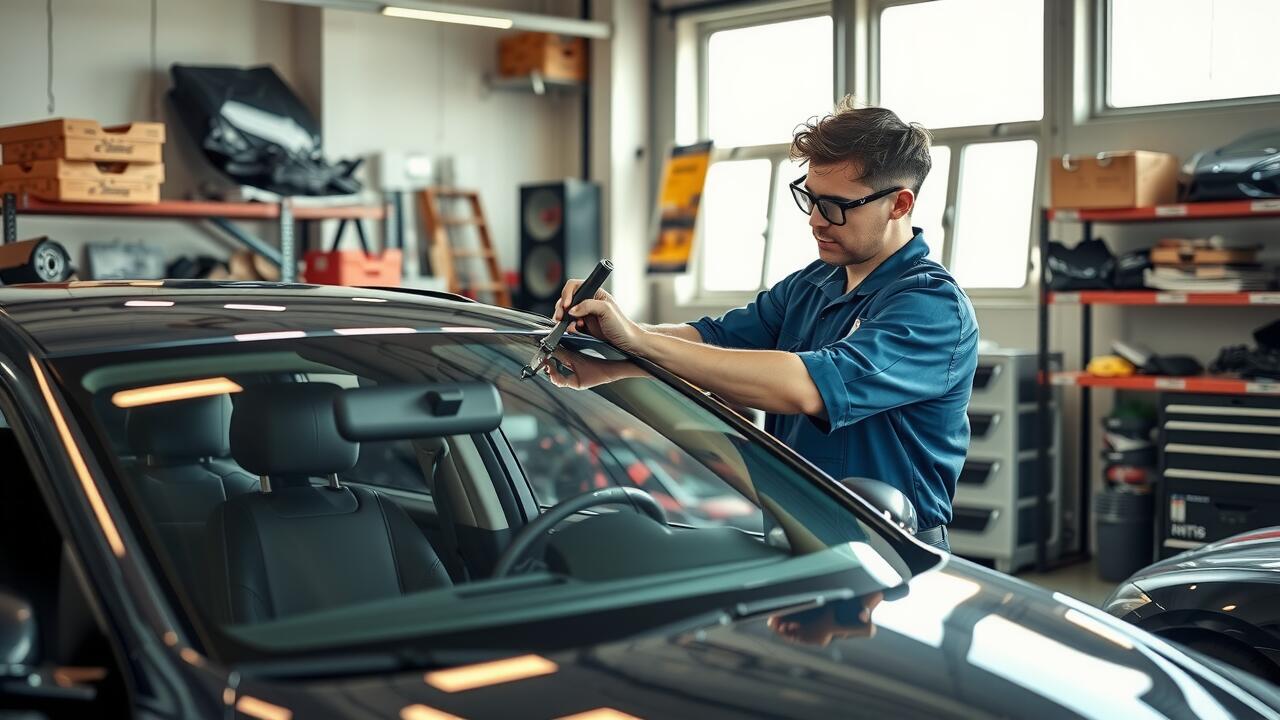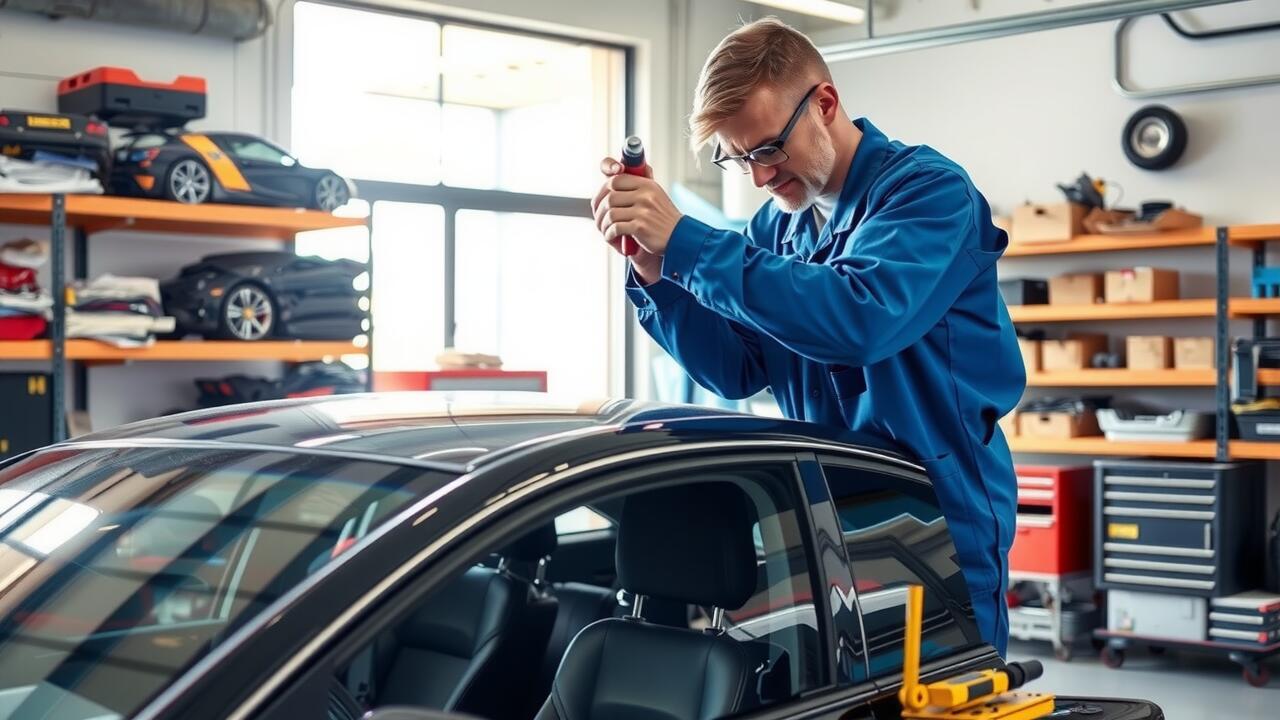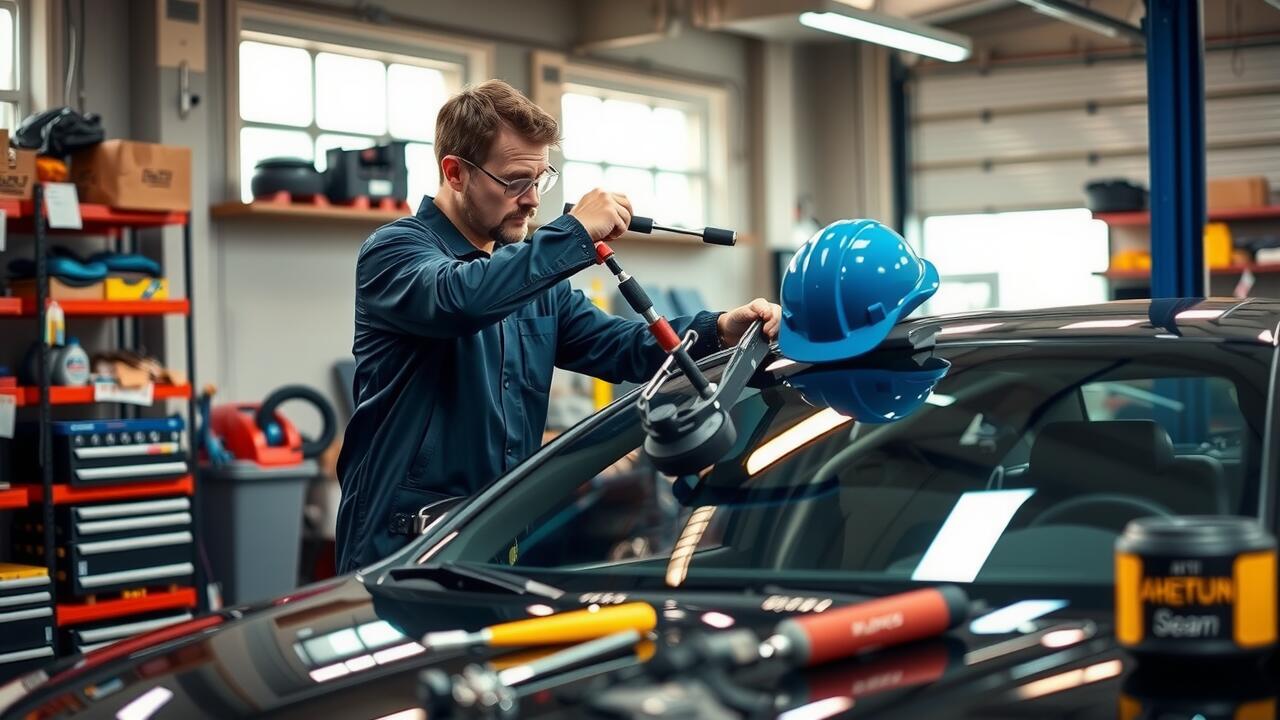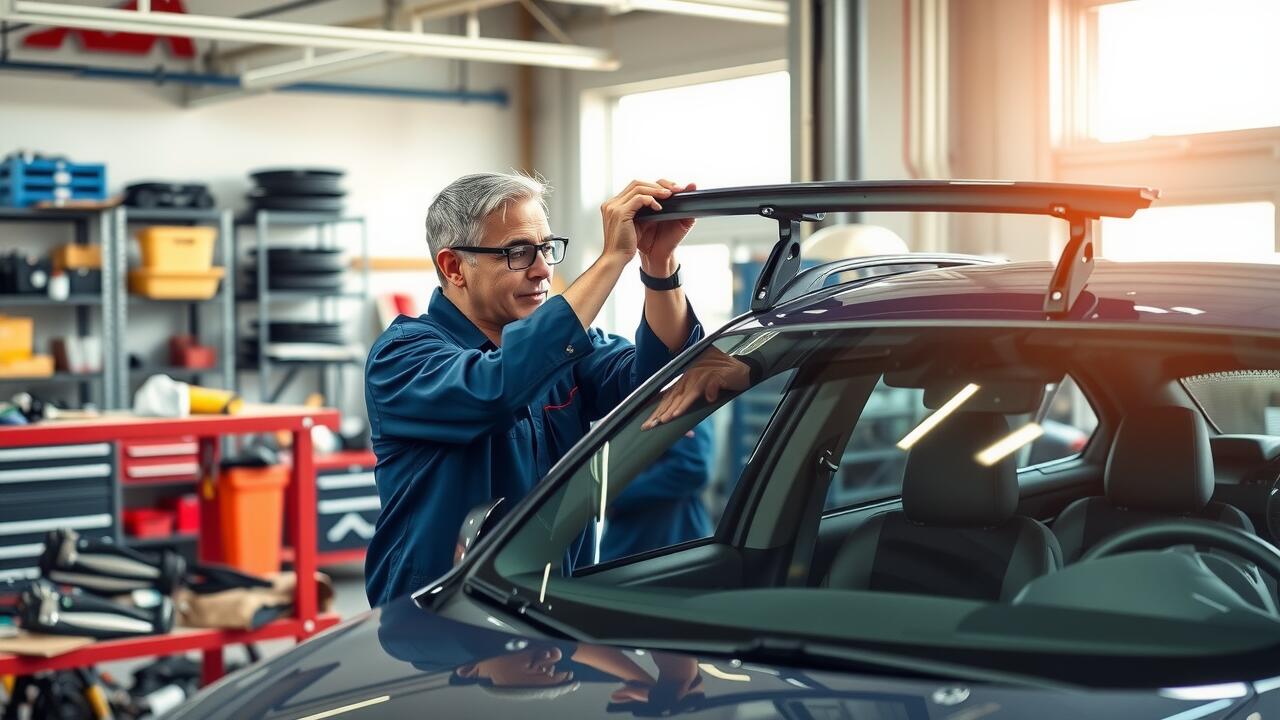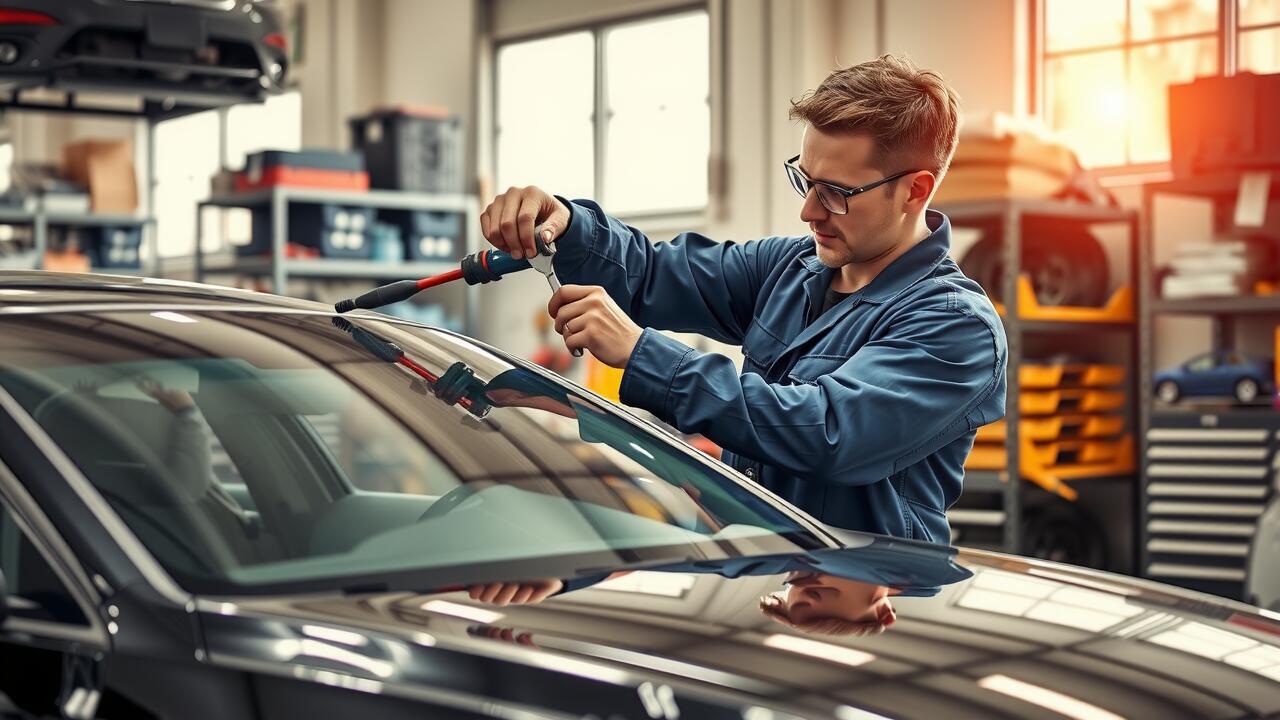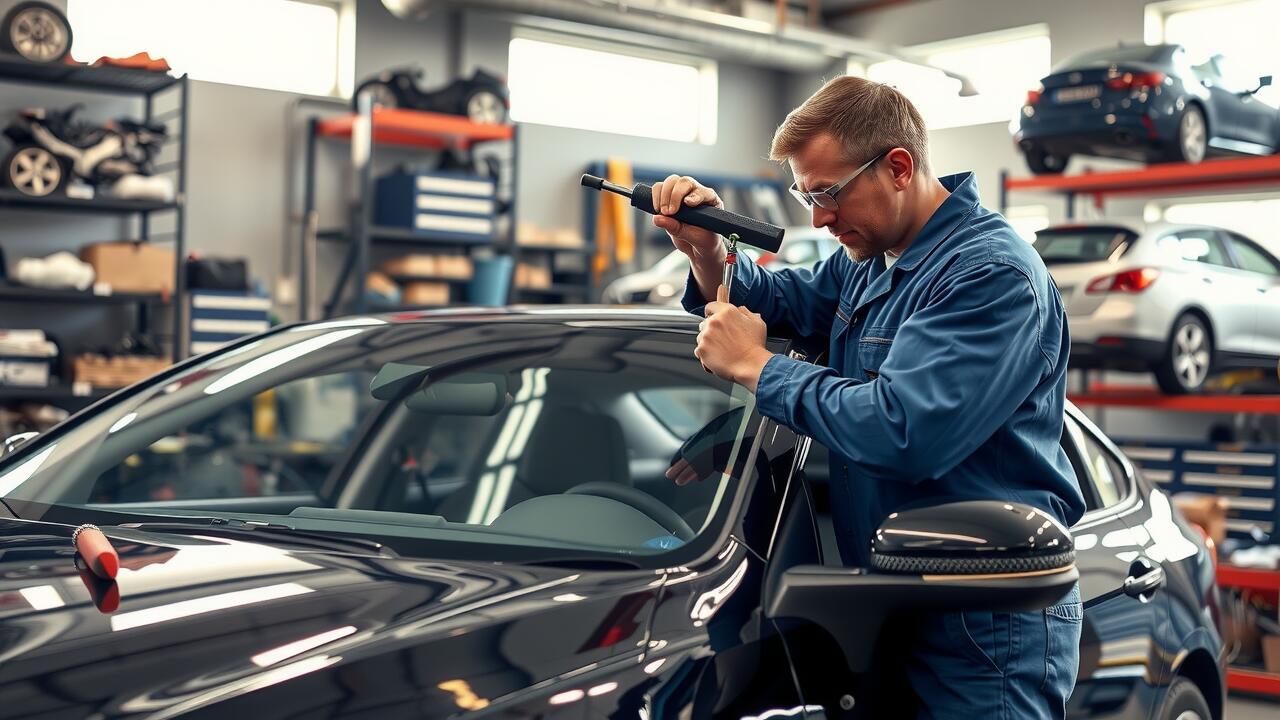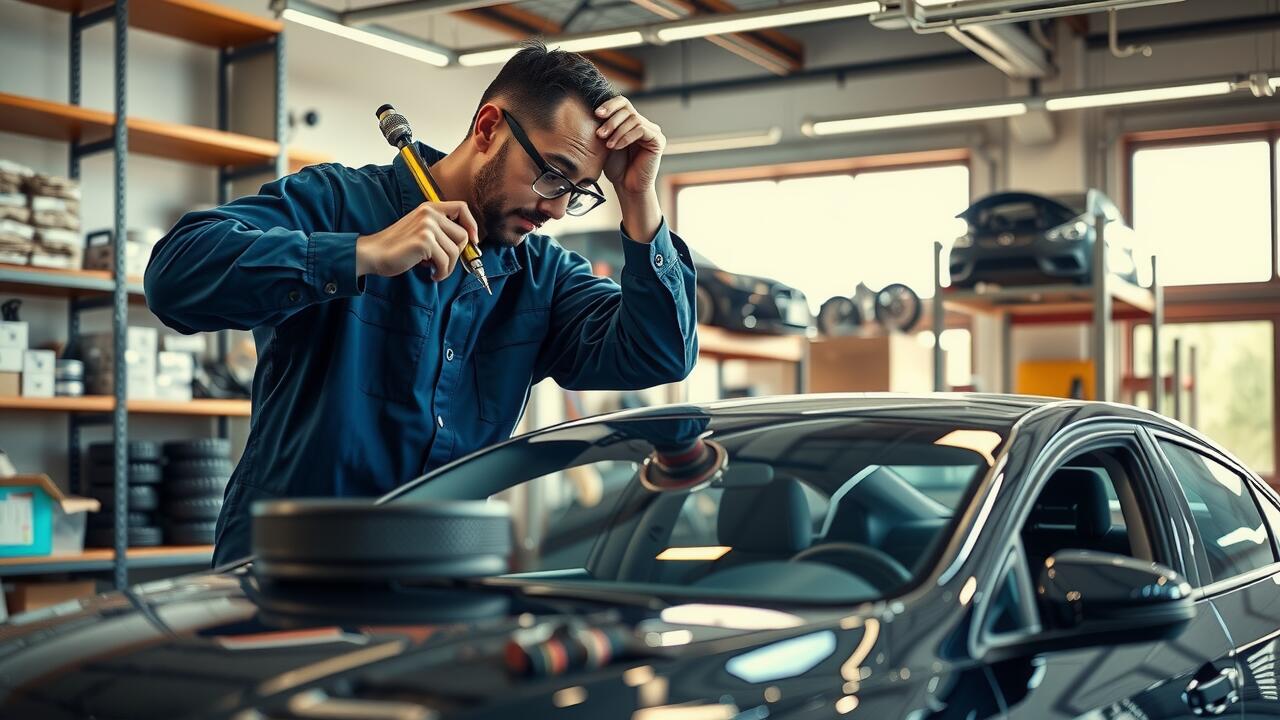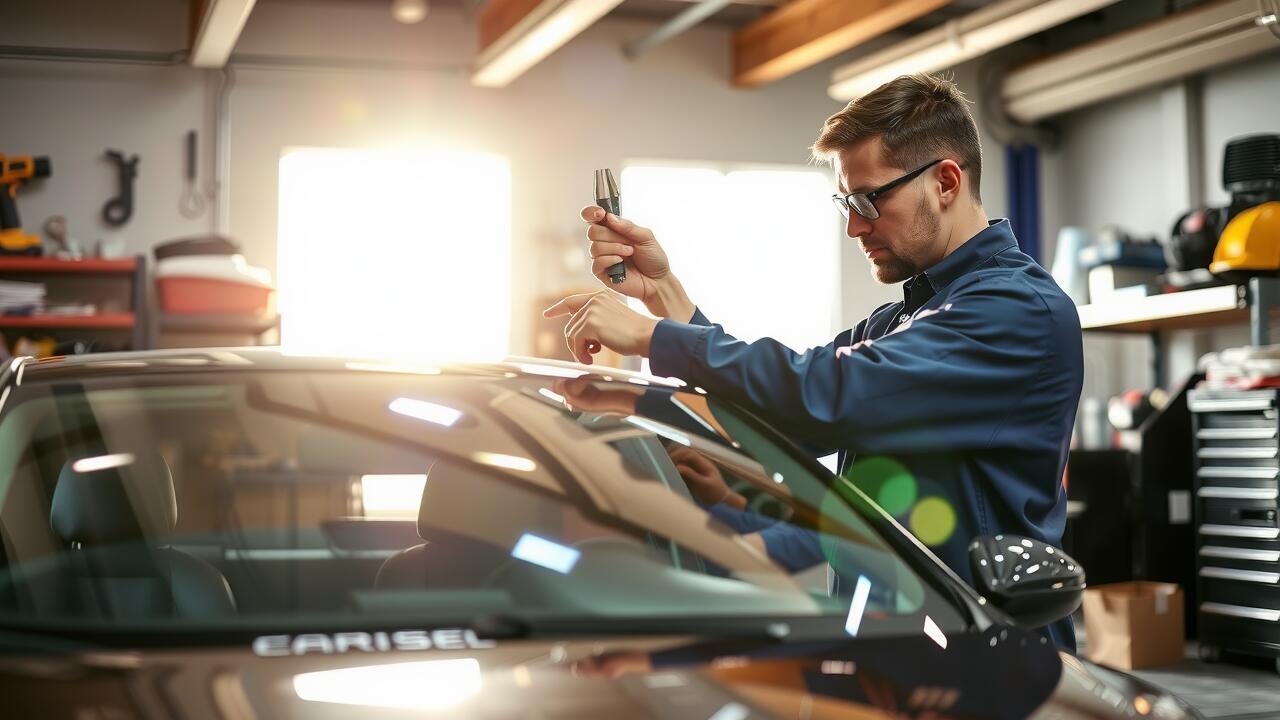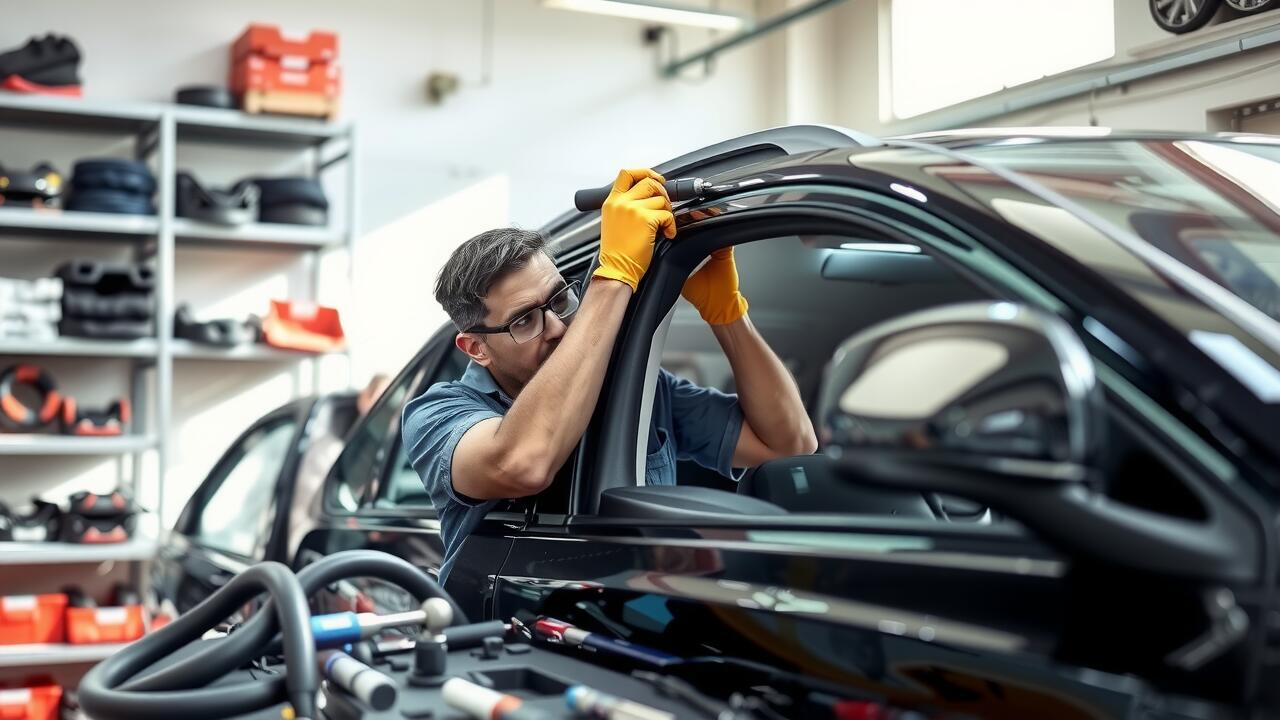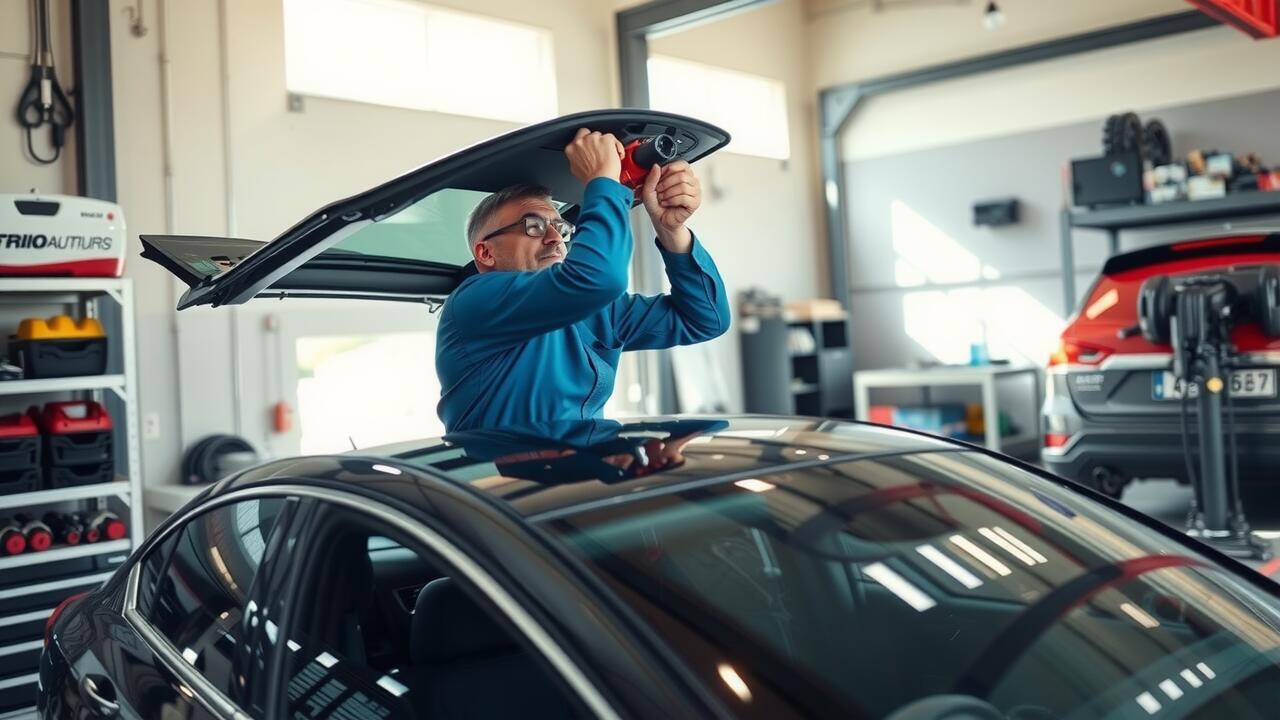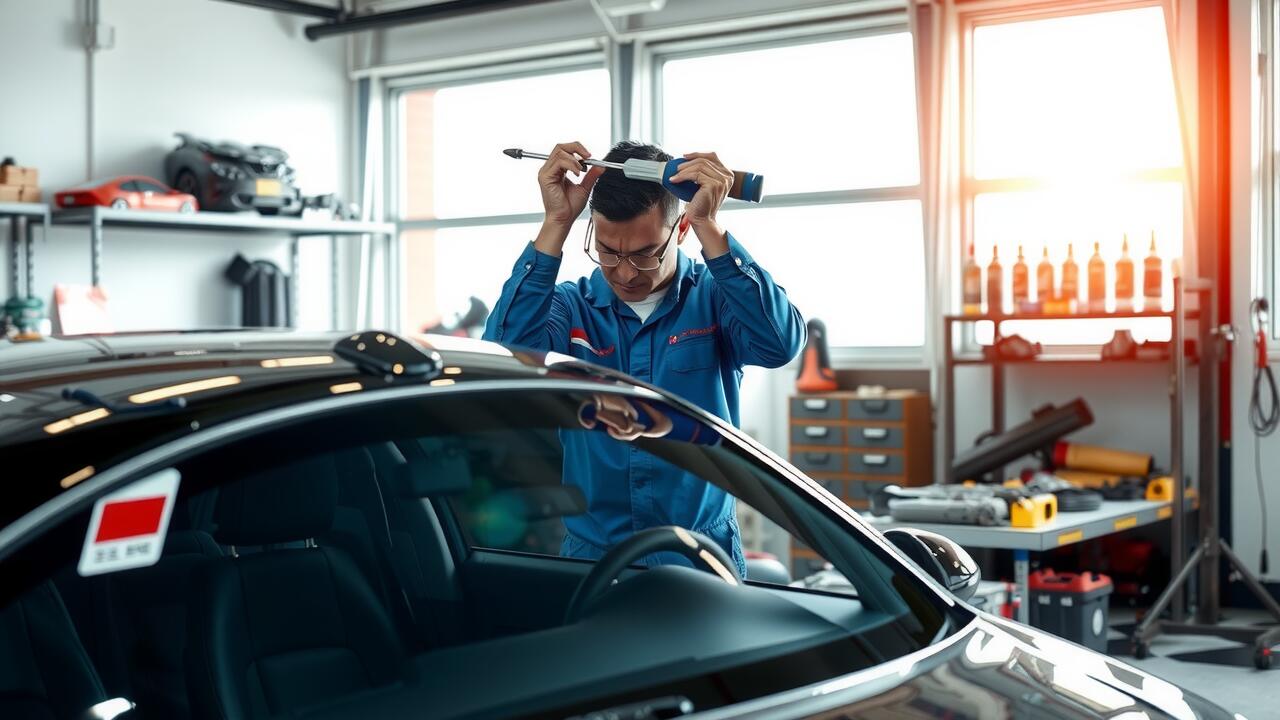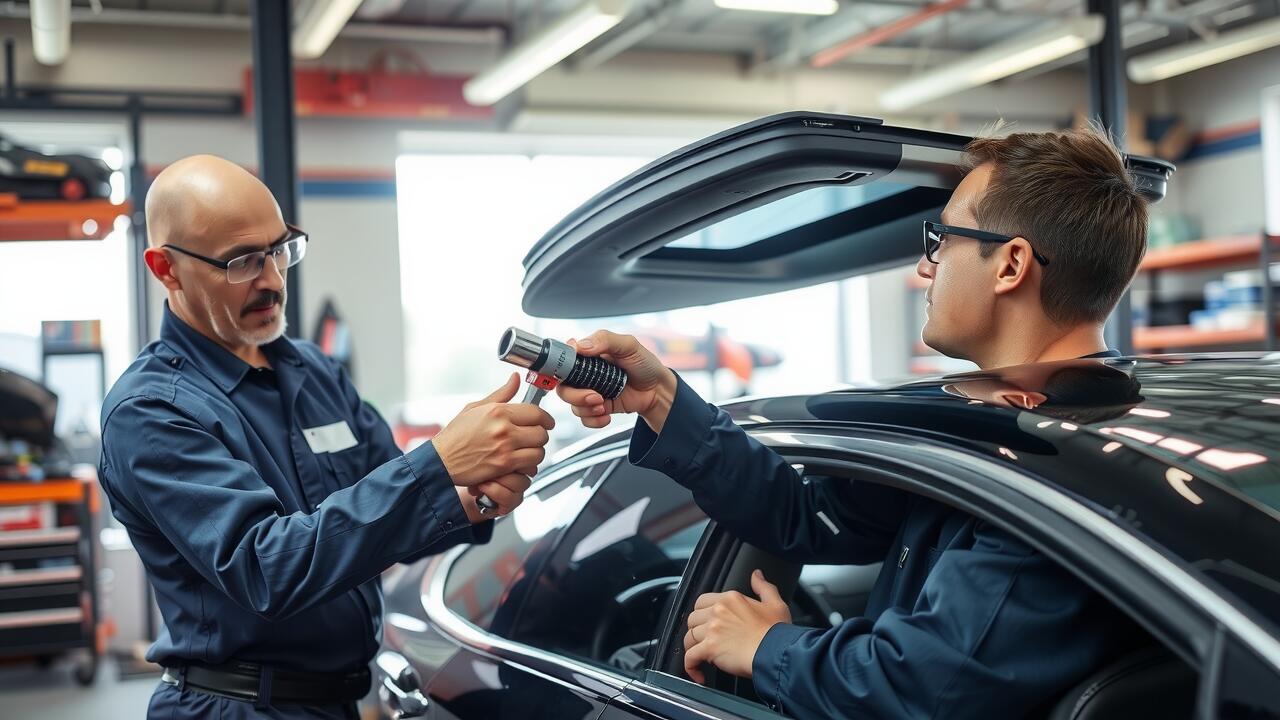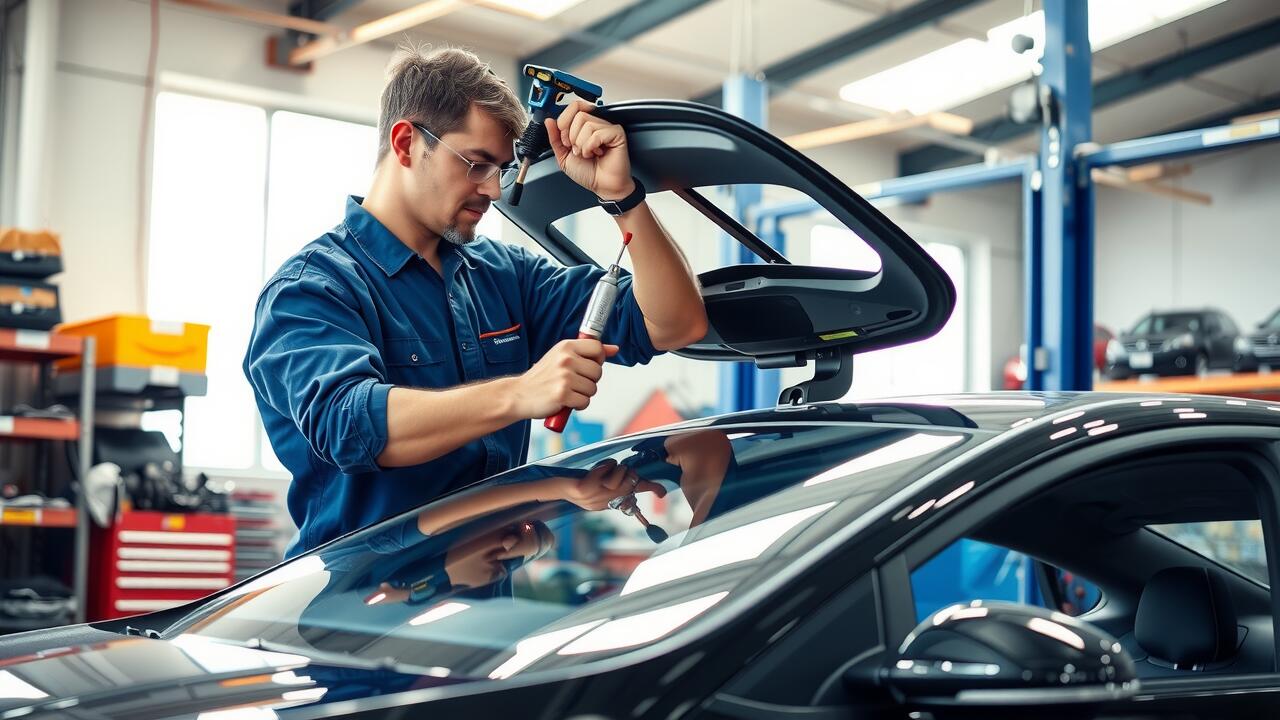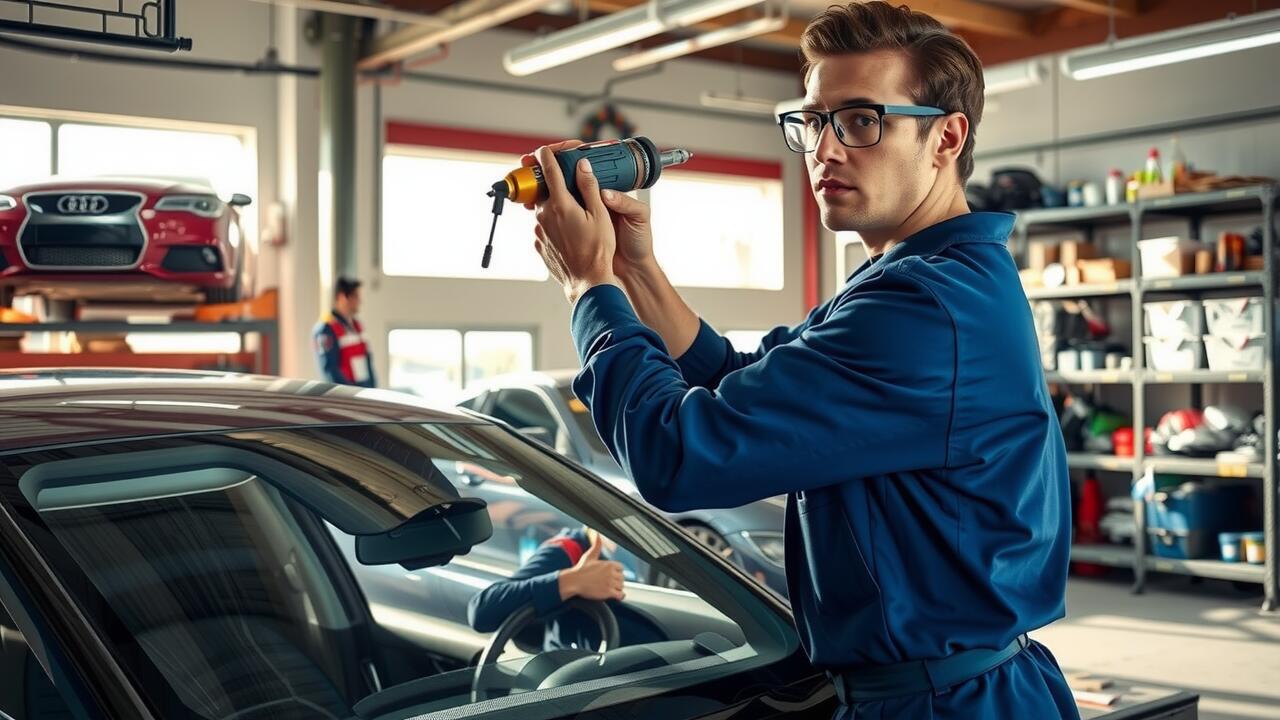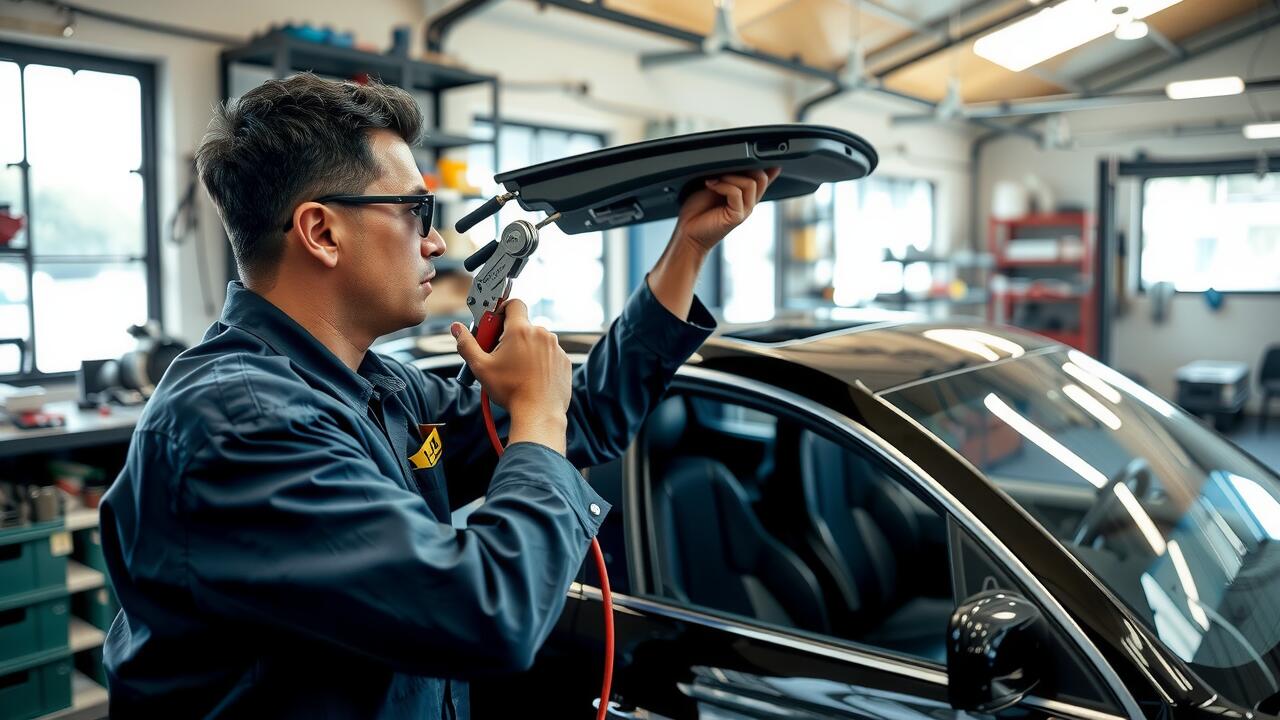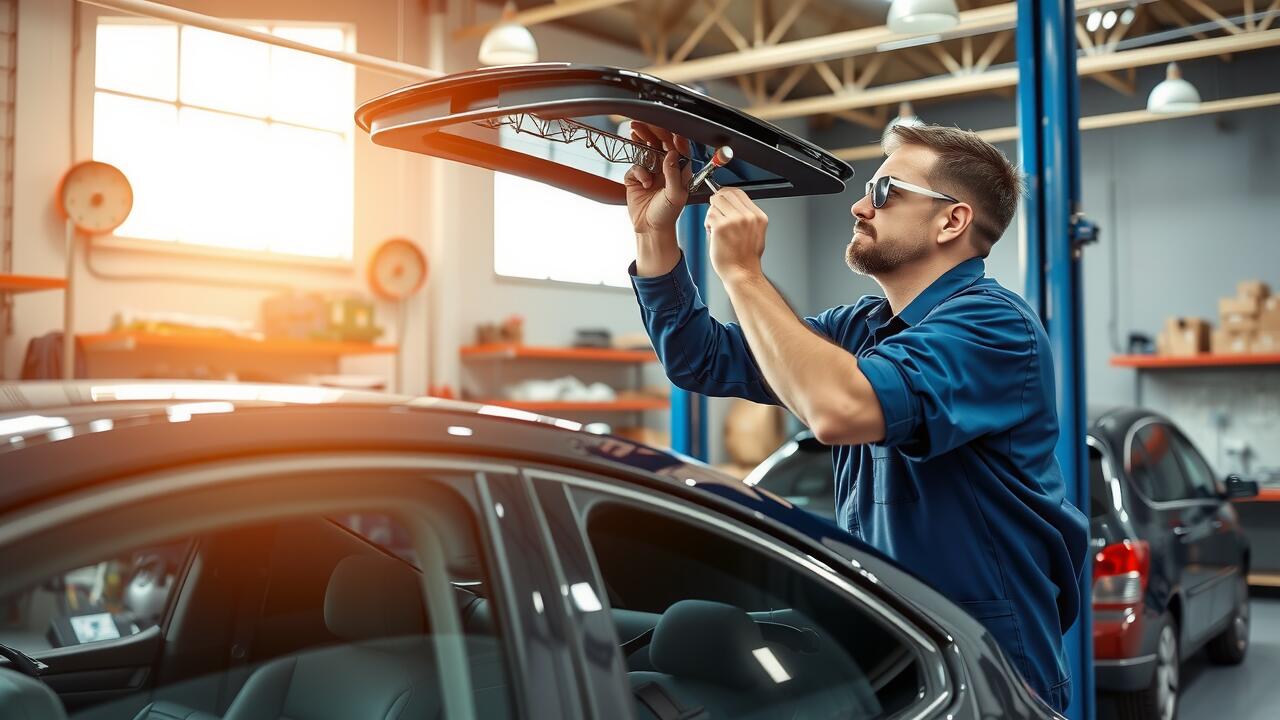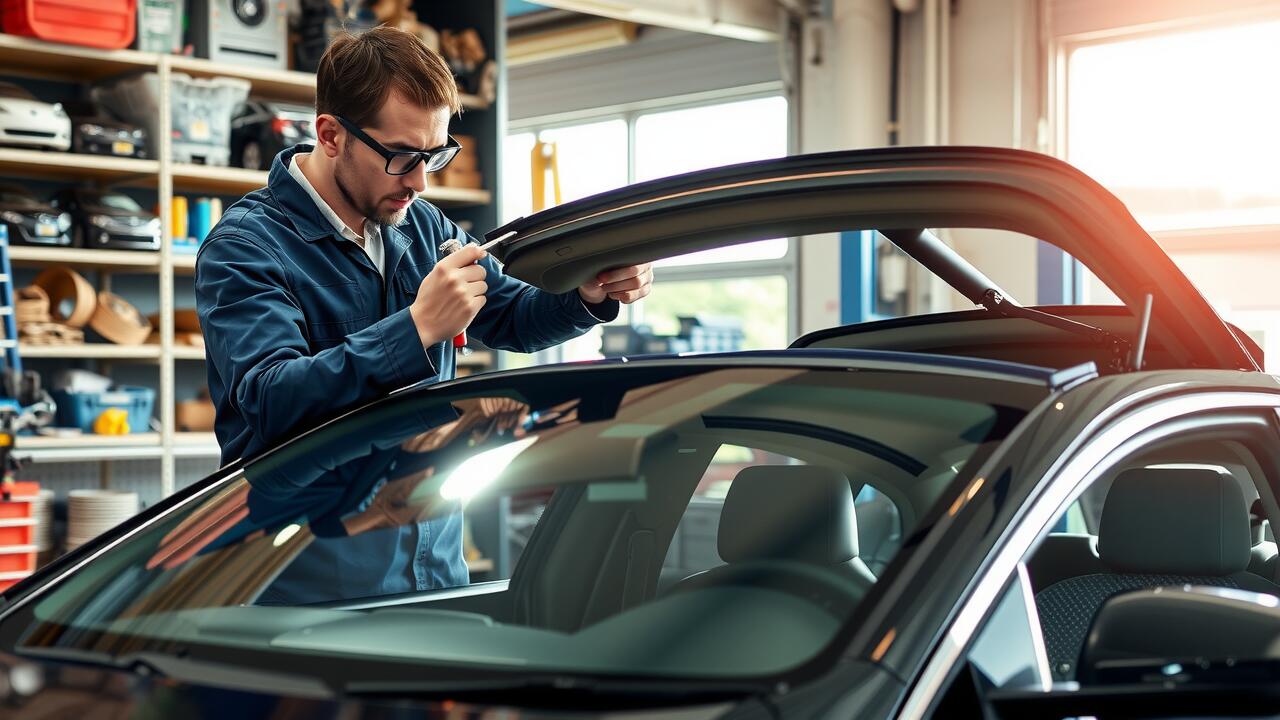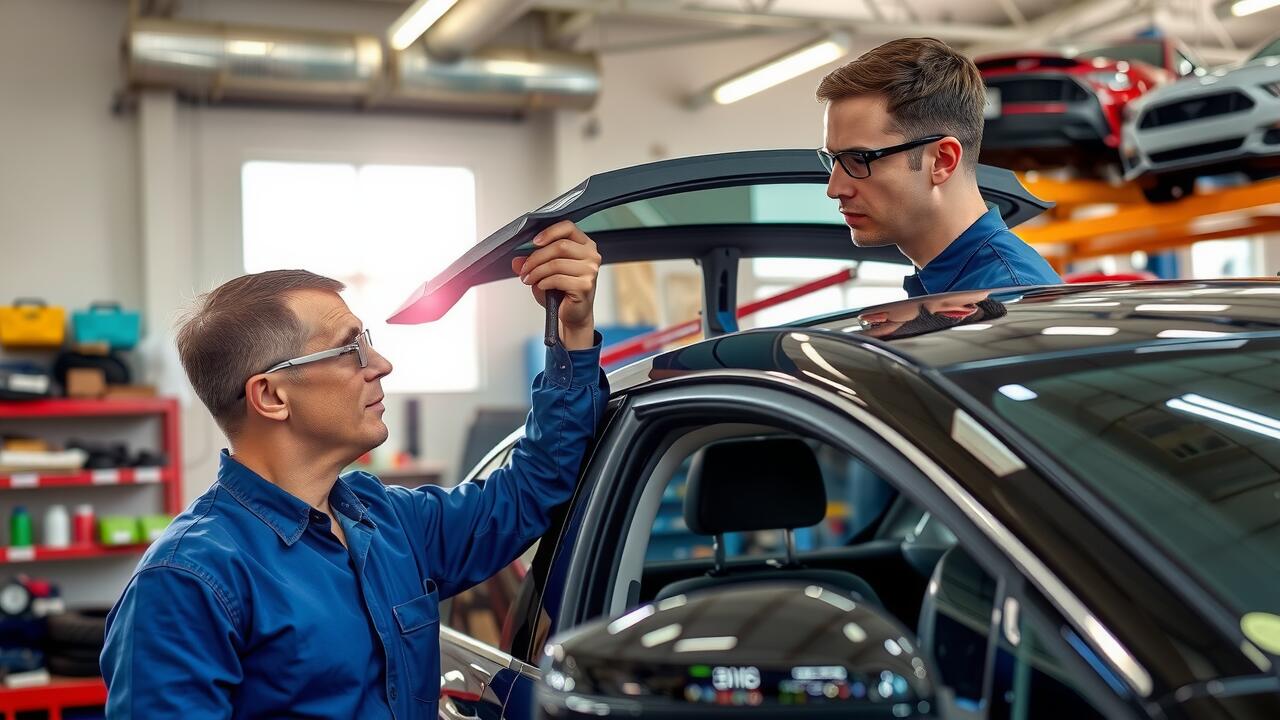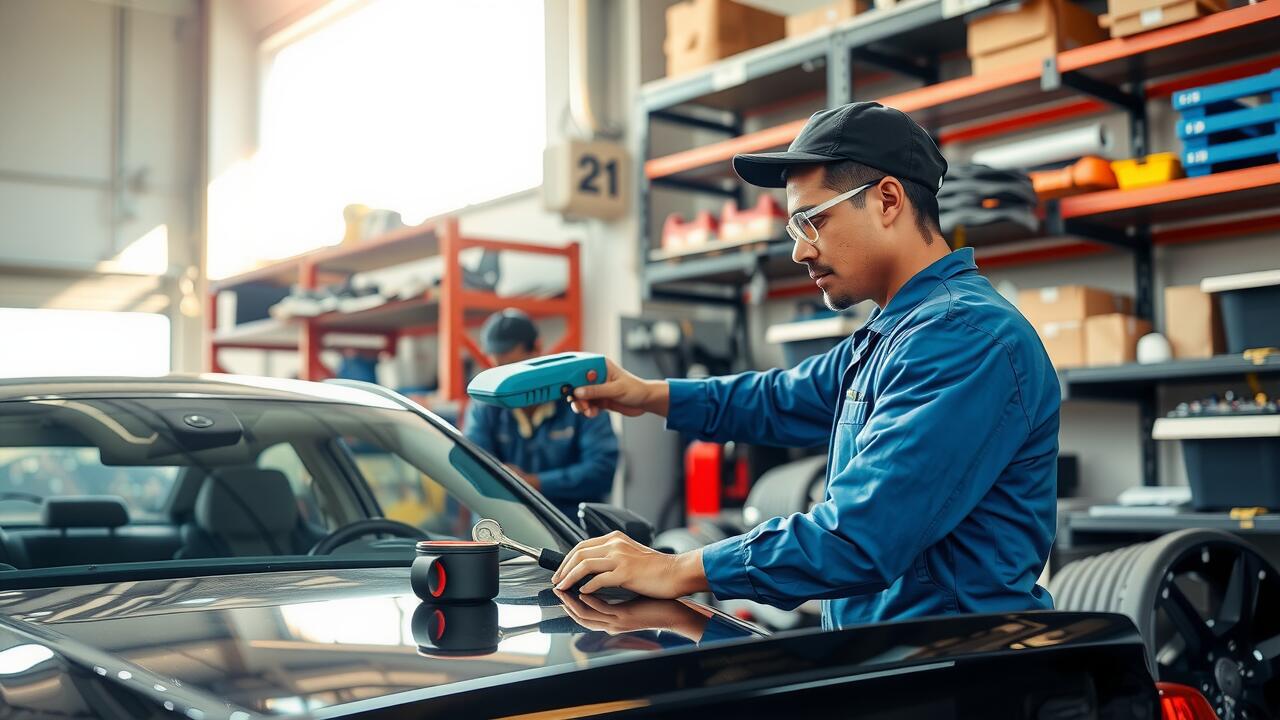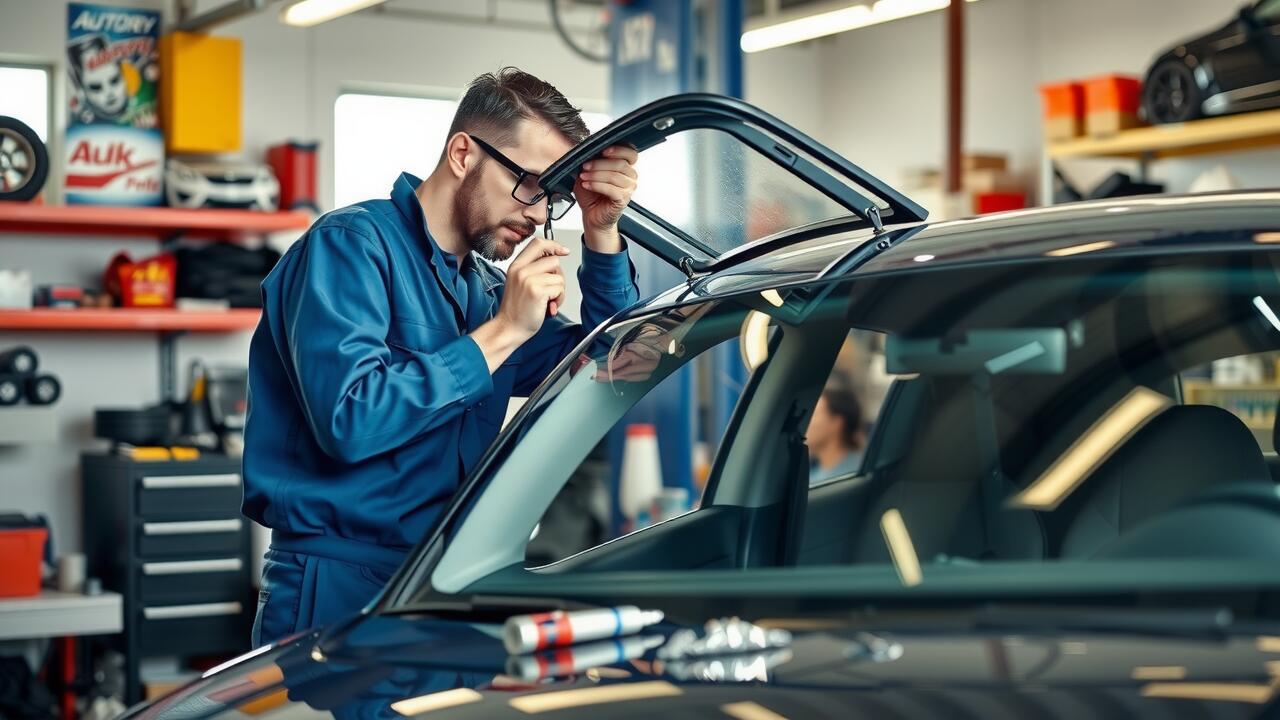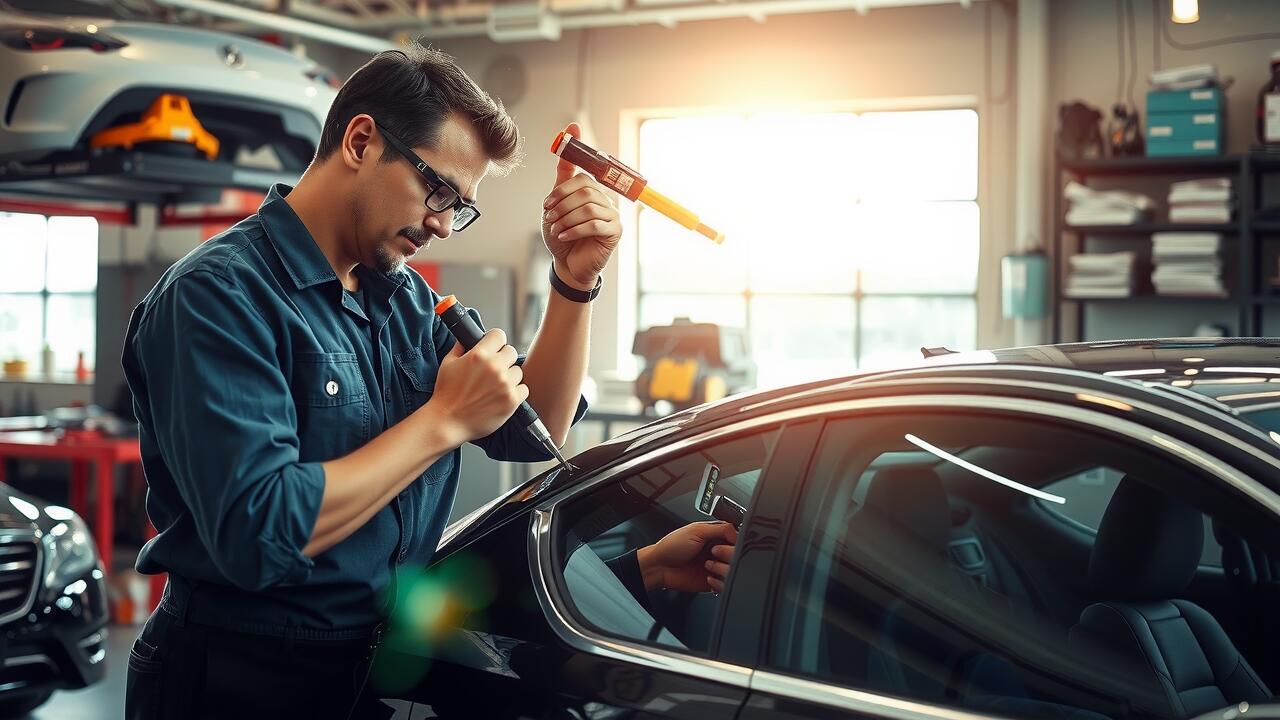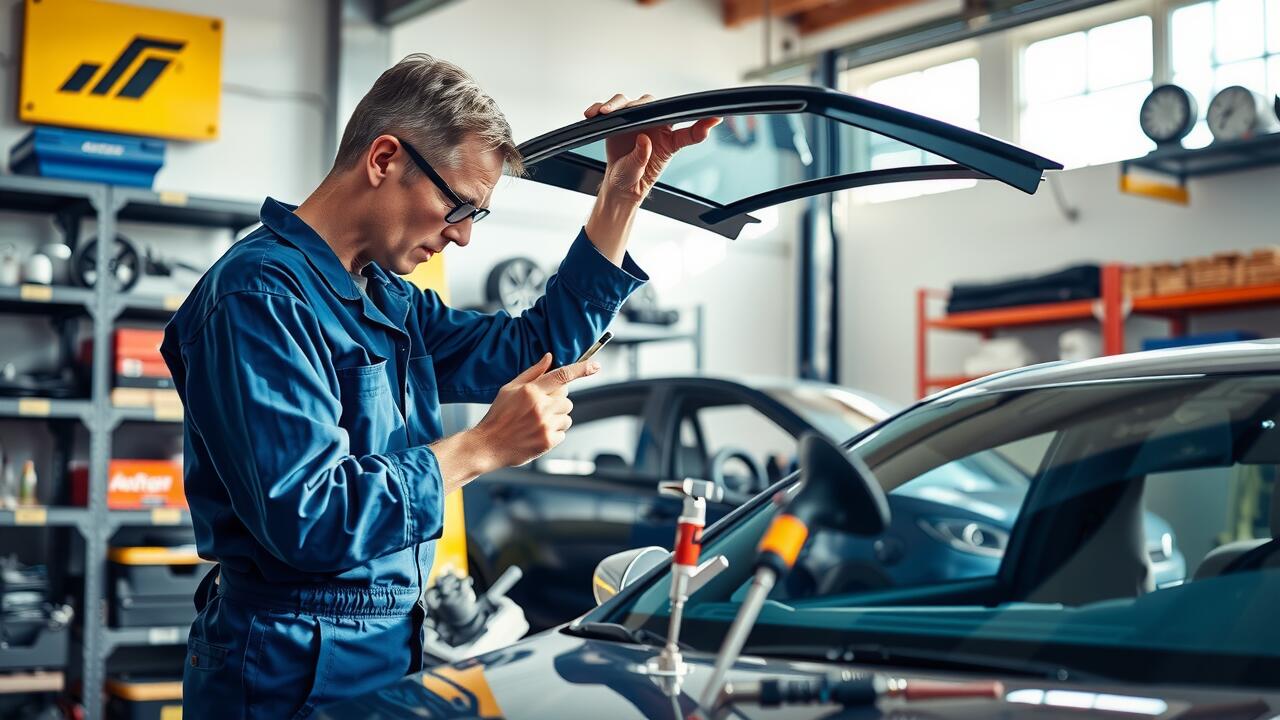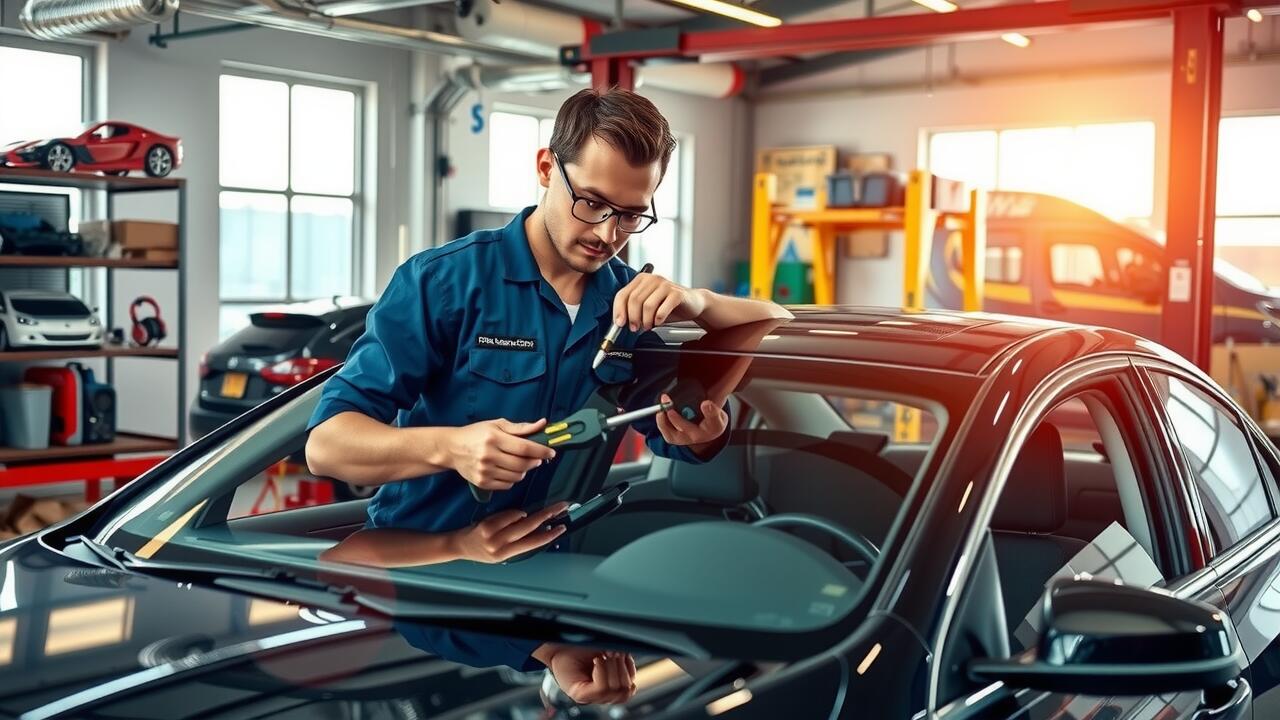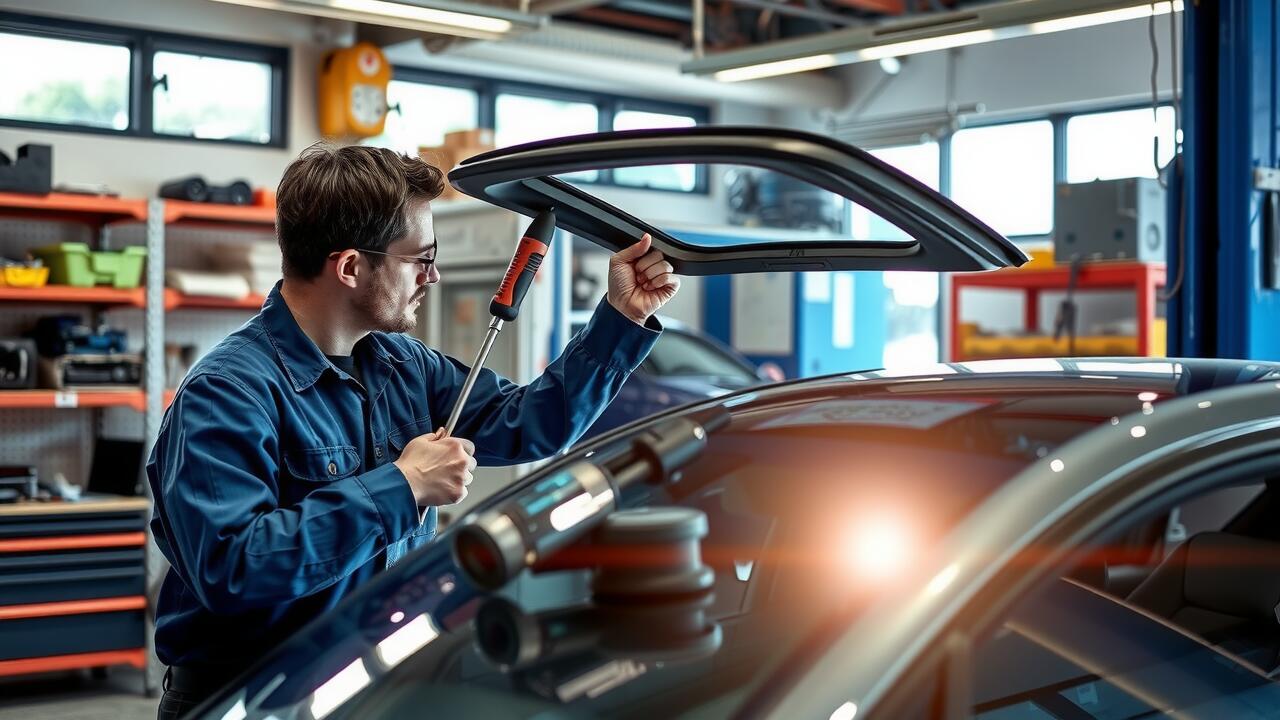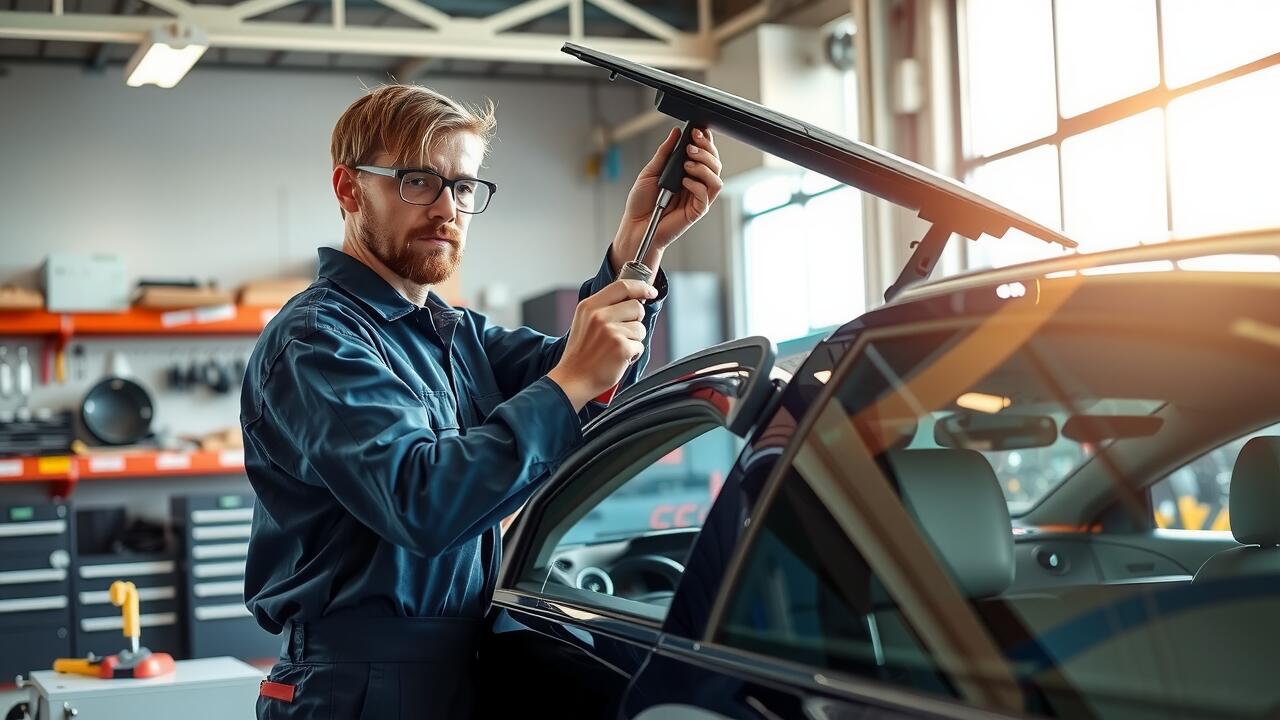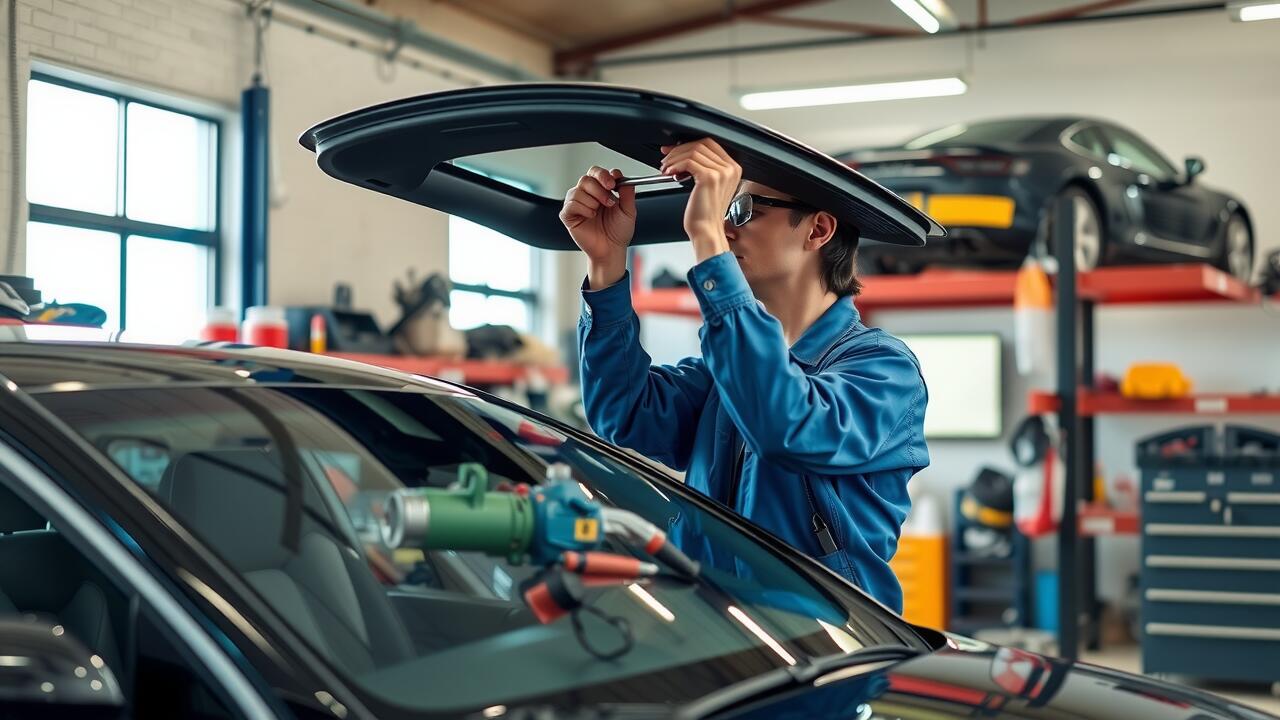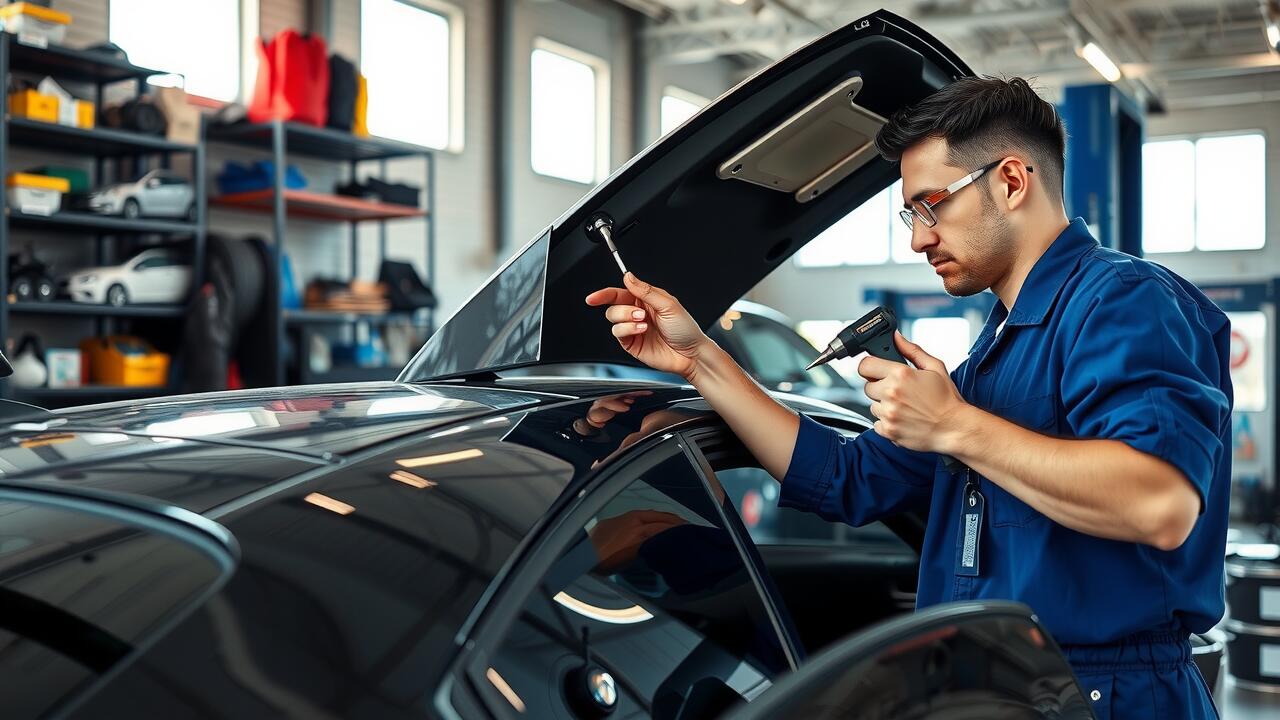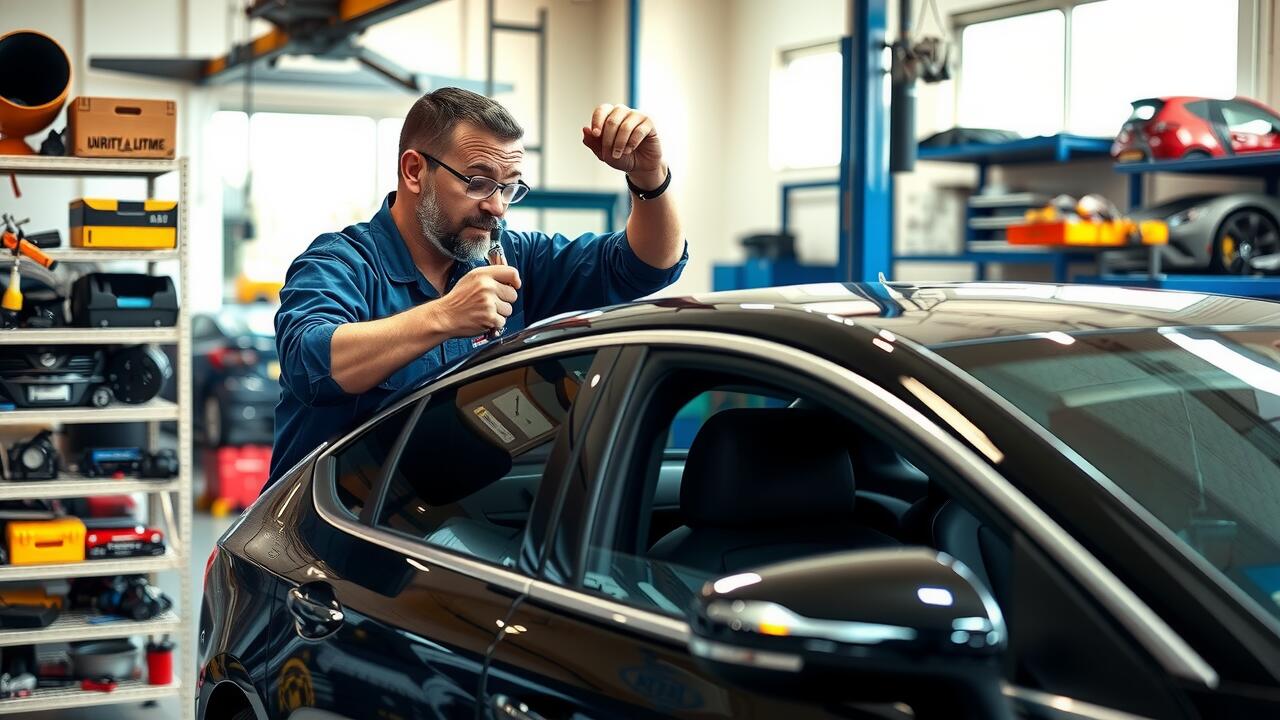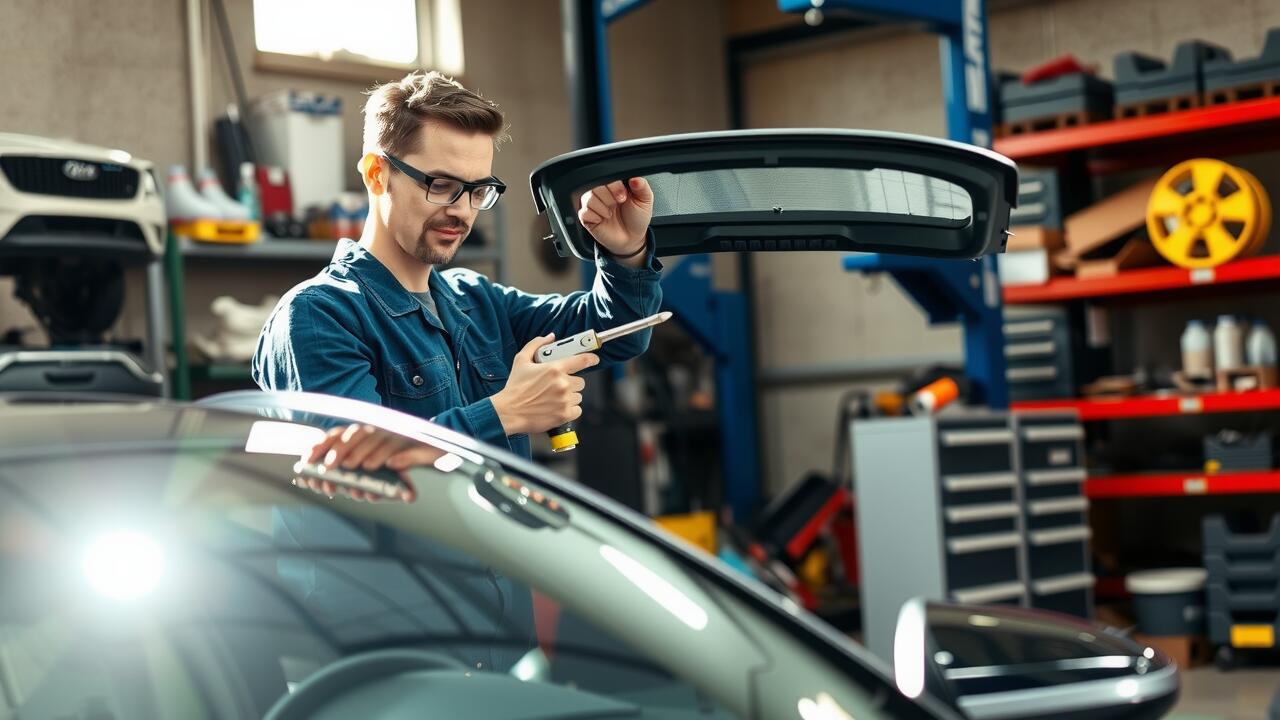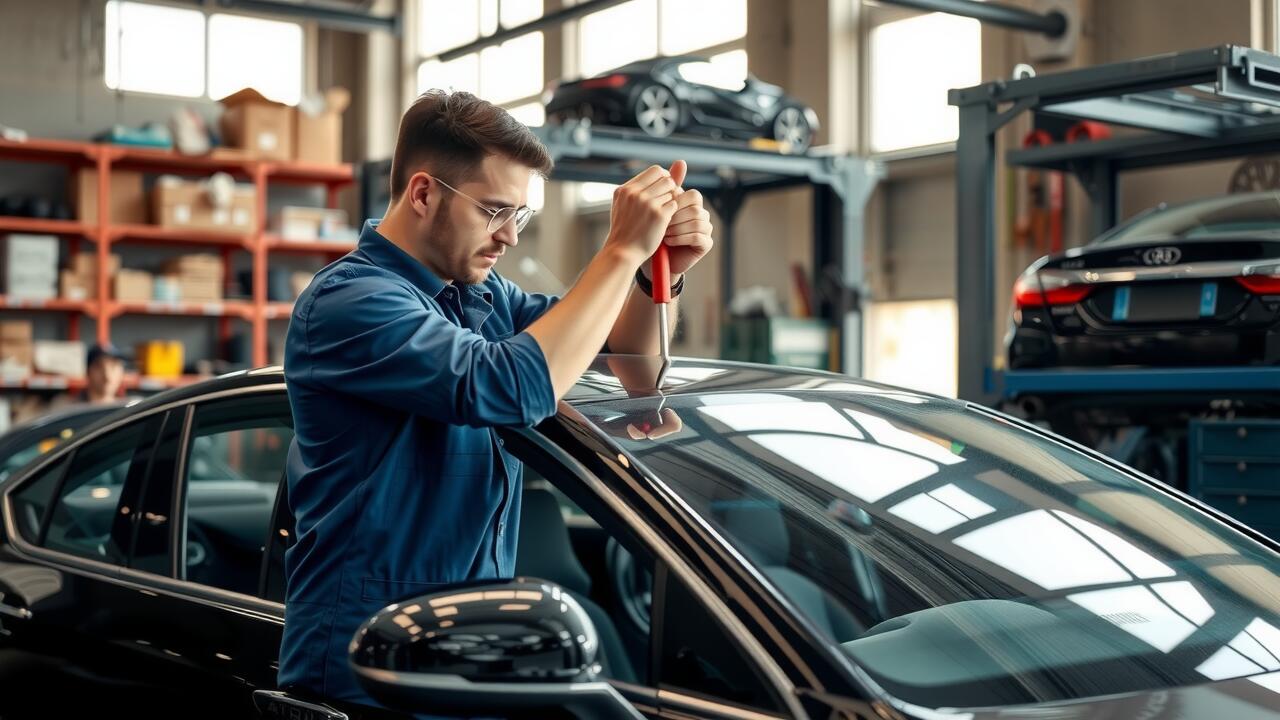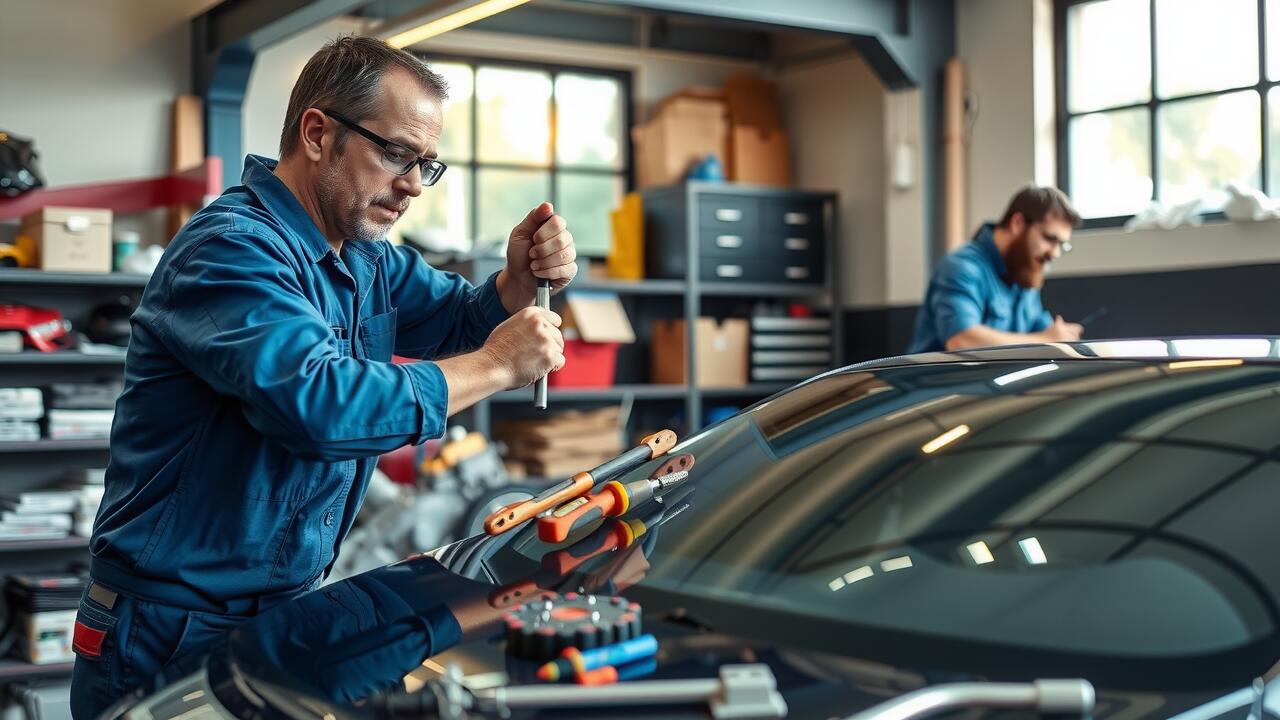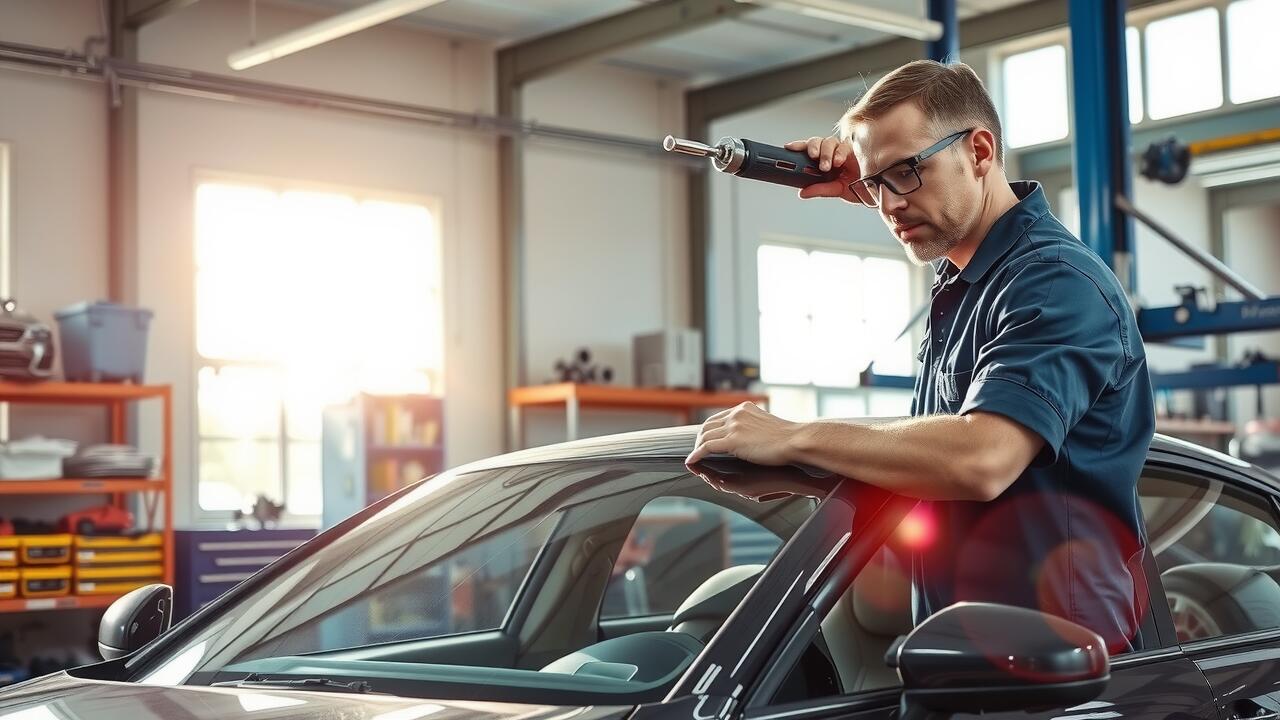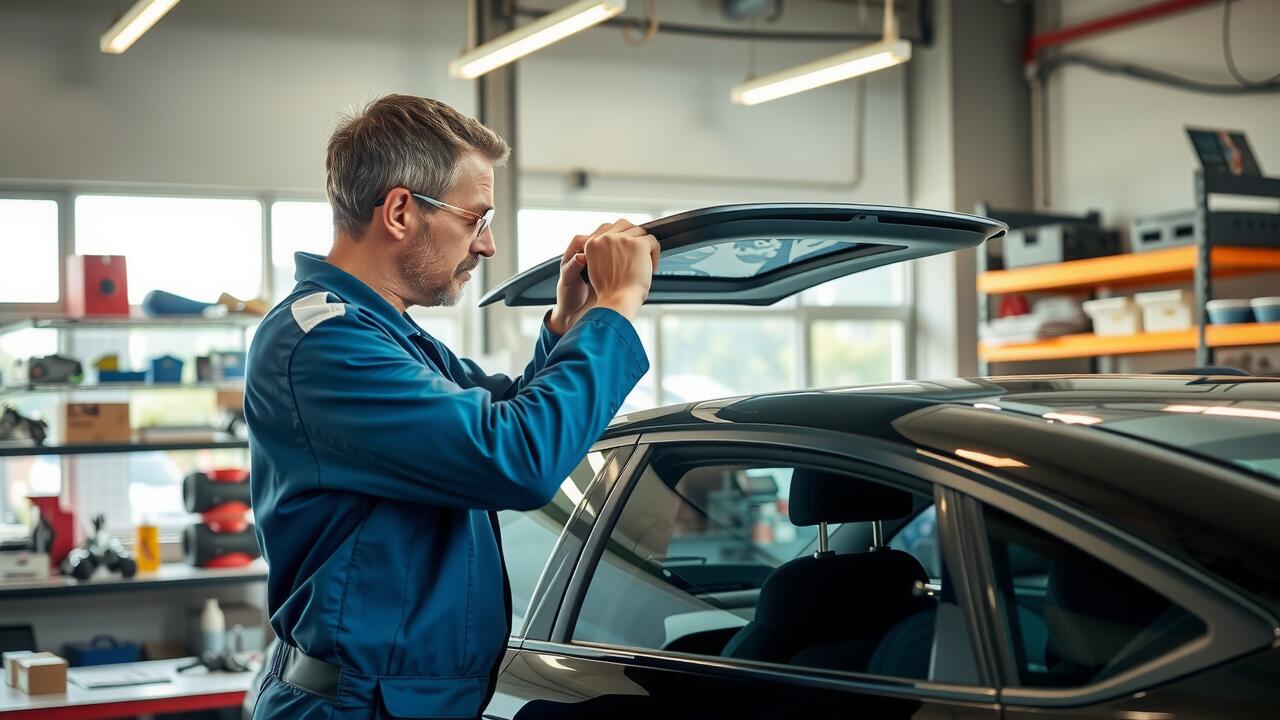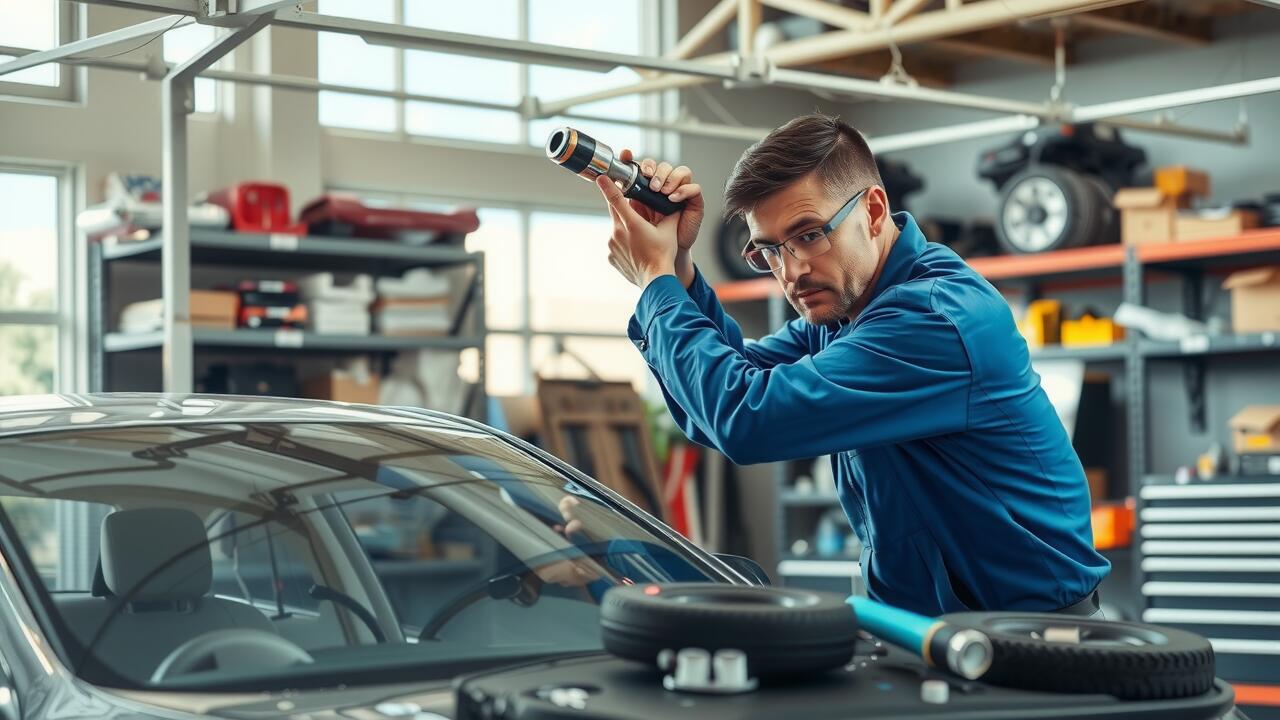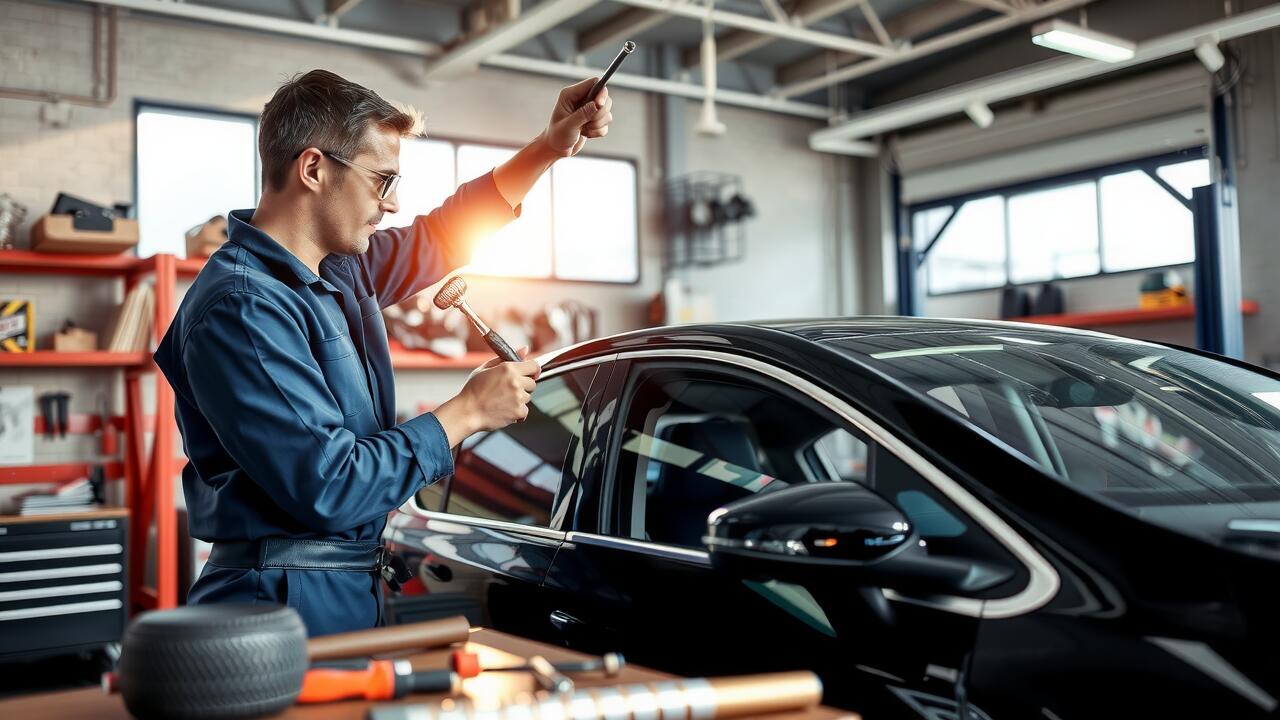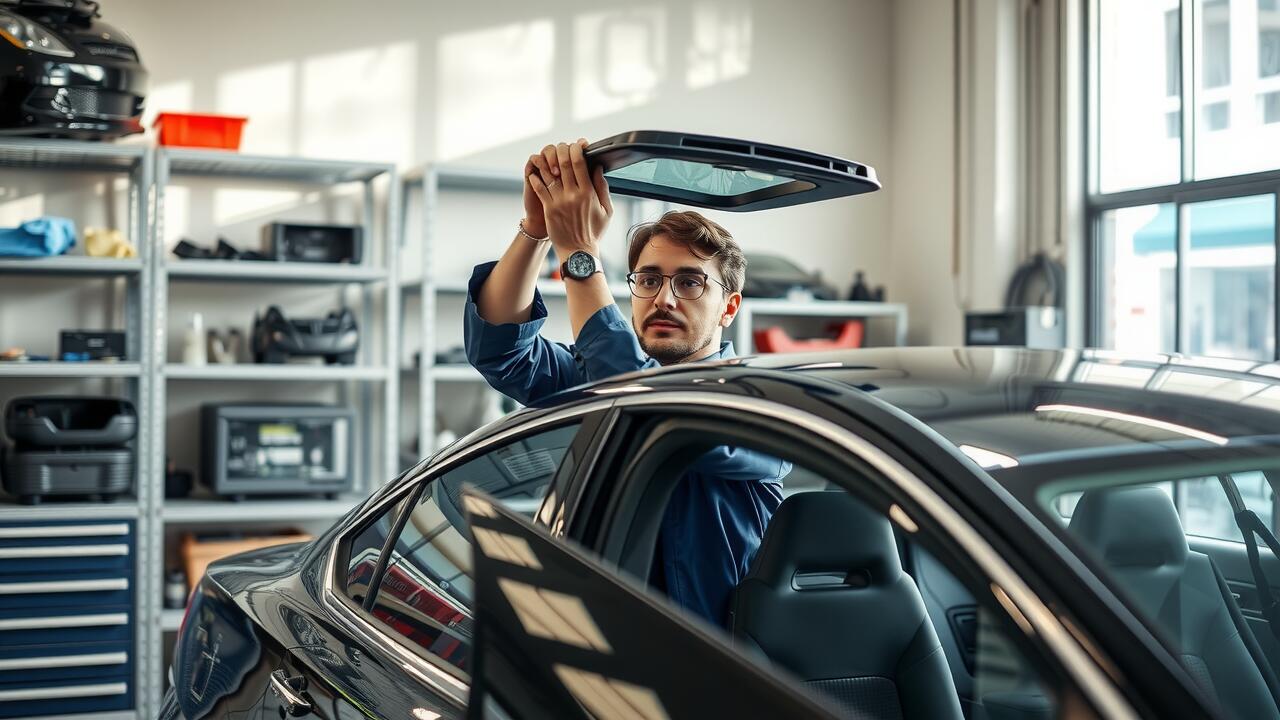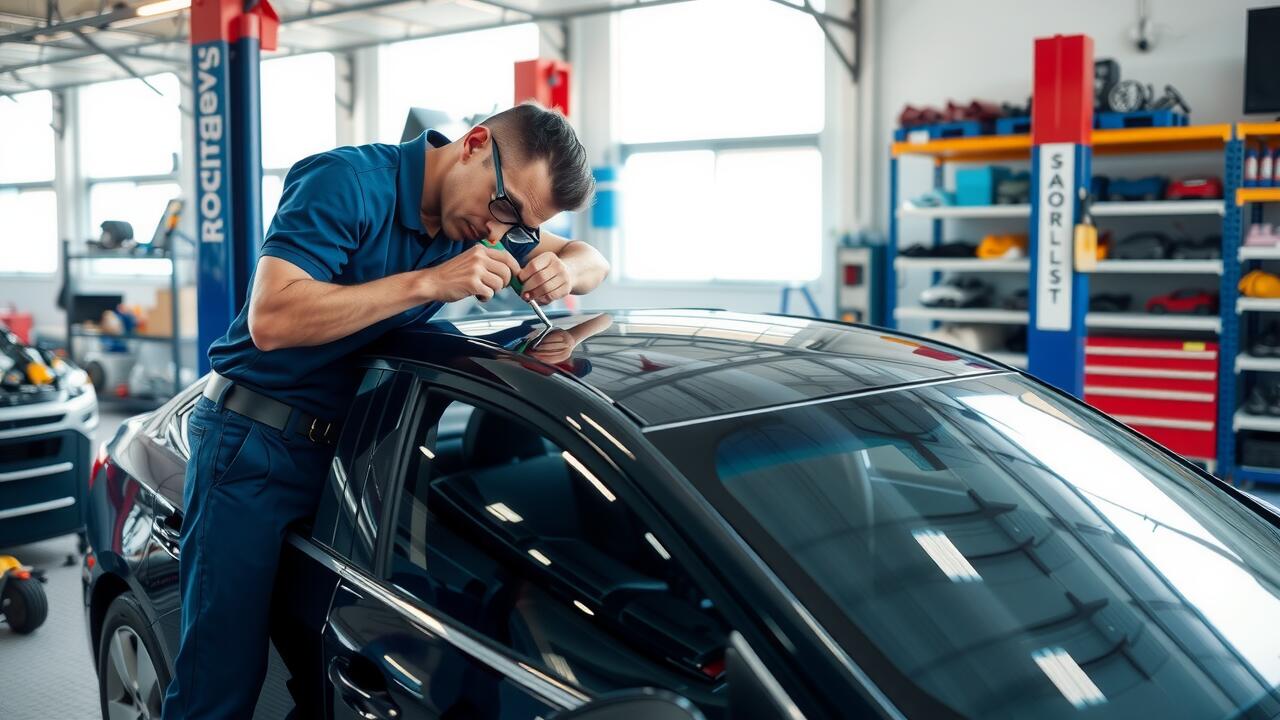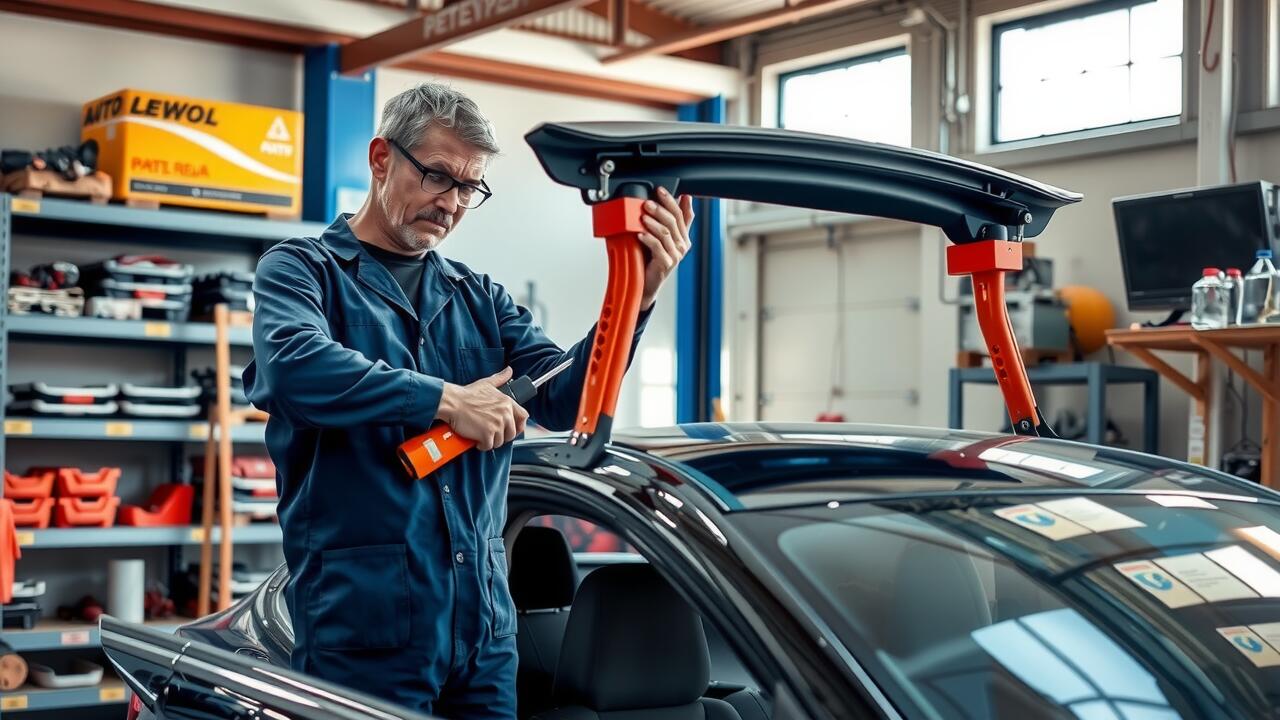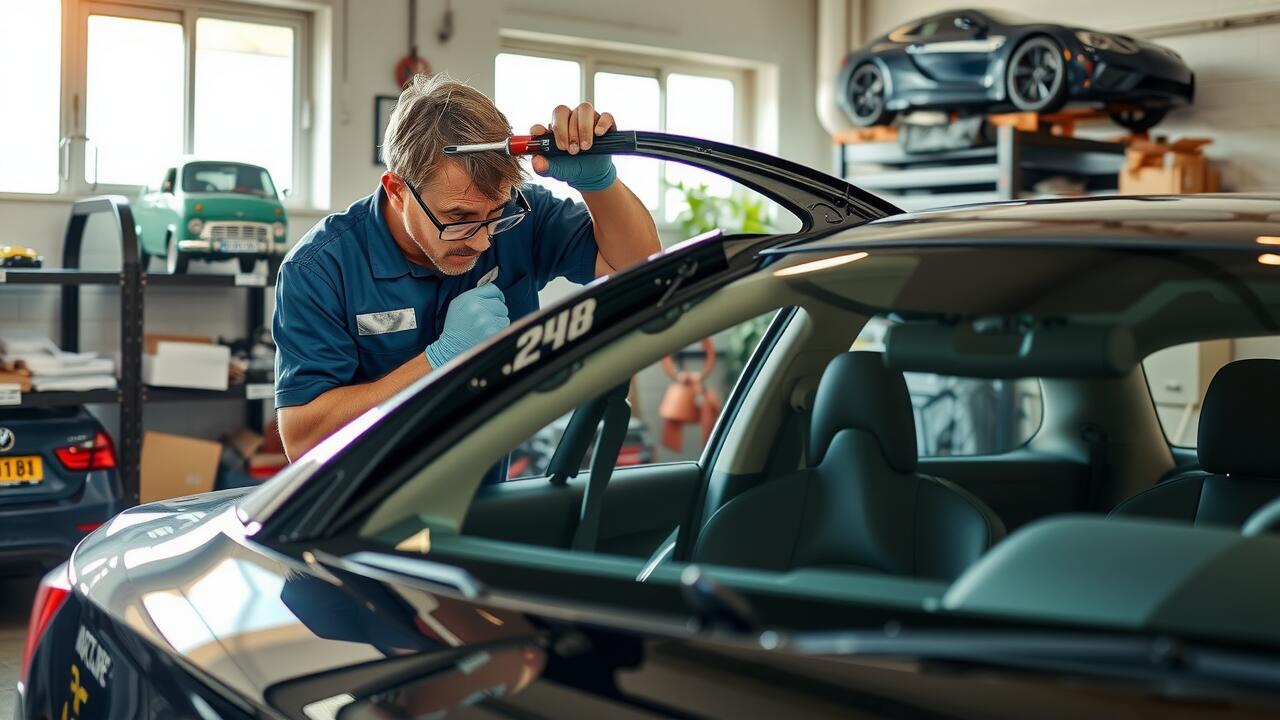
Table Of Contents
Sunroof Seal Wear and Tear
Over time, sunroof seals can wear down due to exposure to various environmental factors. The rubber material can degrade, crack, or lose its elasticity, leading to potential leaks. Regular inspections can help identify signs of wear before they become serious issues. Small cracks or gaps may allow water to enter the vehicle, which could damage the interior and lead to mould growth. Maintaining the condition of these seals is essential for preventing more costly repairs in the future.
In cases where the seals are beyond repair, sunroof replacement may be necessary. This process usually involves removing the entire assembly to replace the worn-out seals and ensuring a proper fit. It is advisable to consult with a qualified technician who can assess the situation and recommend the best course of action. Keeping the sunroof seal in good condition not only enhances the functionality of the sunroof but also maintains the overall integrity of the vehicle's interior.
Replacement and Maintenance Tips
Regular maintenance of sunroof seals is essential to ensure longevity and prevent water leaks. Inspect the seals for any signs of wear, such as cracks or brittleness. Cleaning the seals with a soft cloth and applying a silicone-based lubricant can help maintain their flexibility and effectiveness. Periodic checks and simple upkeep can often prevent the need for sunroof replacement due to seal failure.
If you notice significant deterioration or if the seals no longer function correctly despite maintenance, it may be time to consider replacement. A proper seal ensures that the sunroof operates smoothly and keeps water out. Ignoring worn seals can lead to more extensive damage, requiring not only seal replacement but possibly addressing interior damage as well, highlighting the importance of timely action.
Sunroof Glass Cracks and Breaks
Sunroof glass cracks and breaks can occur due to a variety of factors. Flying debris, sudden temperature changes and manufacturing defects are common culprits. Small chips can sometimes be repaired, but larger cracks often compromise the integrity of the sunroof. If you notice a crack extending beyond a couple of inches or experiencing any form of distortion, it may be time to consider sunroof replacement.
To determine whether repair or replacement is necessary, assess the location and size of the damage. If the crack is in the driver's line of sight or affects the sunroof's ability to open and close properly, replacing the entire panel is often the safest option. Regular inspections can help catch these issues early, mitigating damage and potentially saving money on extensive repairs in the long run.
When to Repair or Replace
Deciding whether to repair or replace a damaged sunroof can depend on various factors, including the extent of the damage and the cost involved. Minor cracks or small chips can often be repaired without the need for a complete replacement. It's essential to assess the size and location of any damage. If the imperfection interferes with the sunroof's operation or is located in a critical area, addressing it sooner rather than later can prevent further deterioration.
If the sunroof glass is severely cracked or shattered, sunroof replacement may be the more practical option. Replacement ensures that the functionality and safety of the vehicle are maintained. In cases where the sunroof leaks or has extensive wear, investing in a new sunroof may offer peace of mind and restore the integrity of the vehicle's interior. Always consult a professional to evaluate the damage and discuss the best course of action.
Sunroof Motor Failure
Motor failure is a common issue that affects the functionality of a sunroof. Signs of a malfunctioning motor can include unusual noises when operating the sunroof or a complete lack of response when attempting to open or close it. In some cases, the sunroof may move only partway before stopping. These symptoms often indicate that the motor is failing or has already stopped working.
Addressing motor issues early can prevent further damage to other components of the sunroof system. If repair attempts do not resolve the problem, a sunroof replacement might be necessary. Consulting with a professional can provide clarity on whether a simple motor replacement will suffice or if an entire sunroof assembly needs to be installed. Regular maintenance checks can also help catch these issues before they escalate, ensuring a smoother operation of the sunroof.
Signs of Motor Issues and Replacement Advice
The sunroof motor plays a crucial role in the functionality of your sunroof, and its failure can lead to a variety of issues. Common signs of motor problems include unusual noises when opening or closing, sluggish operation, or complete failure to move the sunroof at all. If you notice any of these symptoms, it's important to address the issue promptly. Ignoring potential motor failure could lead to more extensive damage, making sunroof replacement a more complicated and costly affair down the line.
When considering repairs, determining whether to fix or replace the motor is essential. If the motor shows signs of wear but remains functional, a repair may suffice. However, if the motor has entirely failed or repairs are frequent, sunroof replacement might be the more practical solution. It’s advisable to consult with a professional to assess the situation, ensuring you make an informed decision that will restore your sunroof's functionality effectively.
FAQS
What are the common signs of sunroof seal wear and tear?
Common signs include water leaks, wind noise, and visible cracks or deterioration in the rubber seal around the sunroof.
How often should I maintain my sunroof seals?
It’s recommended to inspect and maintain sunroof seals at least once a year, cleaning them and applying a silicone lubricant to ensure they remain flexible.
What should I do if I notice a crack in my sunroof glass?
If you notice a crack, assess its size and location. Small cracks may be repairable, but larger cracks typically require a full replacement to ensure safety and prevent further damage.
How can I tell if my sunroof motor is failing?
Signs of motor failure include the sunroof not opening or closing properly, unusual noises during operation, or the sunroof getting stuck in one position.
Is it safe to drive with a broken sunroof?
Driving with a broken sunroof can be risky, as it may lead to water leaks and exposure to the elements. It’s best to have it repaired or replaced as soon as possible.
